A Conversation with Interior Designer Cristie Schlosser with Canvas Rebel, an Online Magazine.
I met with Canvas Rebel in April 2023 to discuss SDG and what makes our design service stand out from other interior design firms. Read the article here.
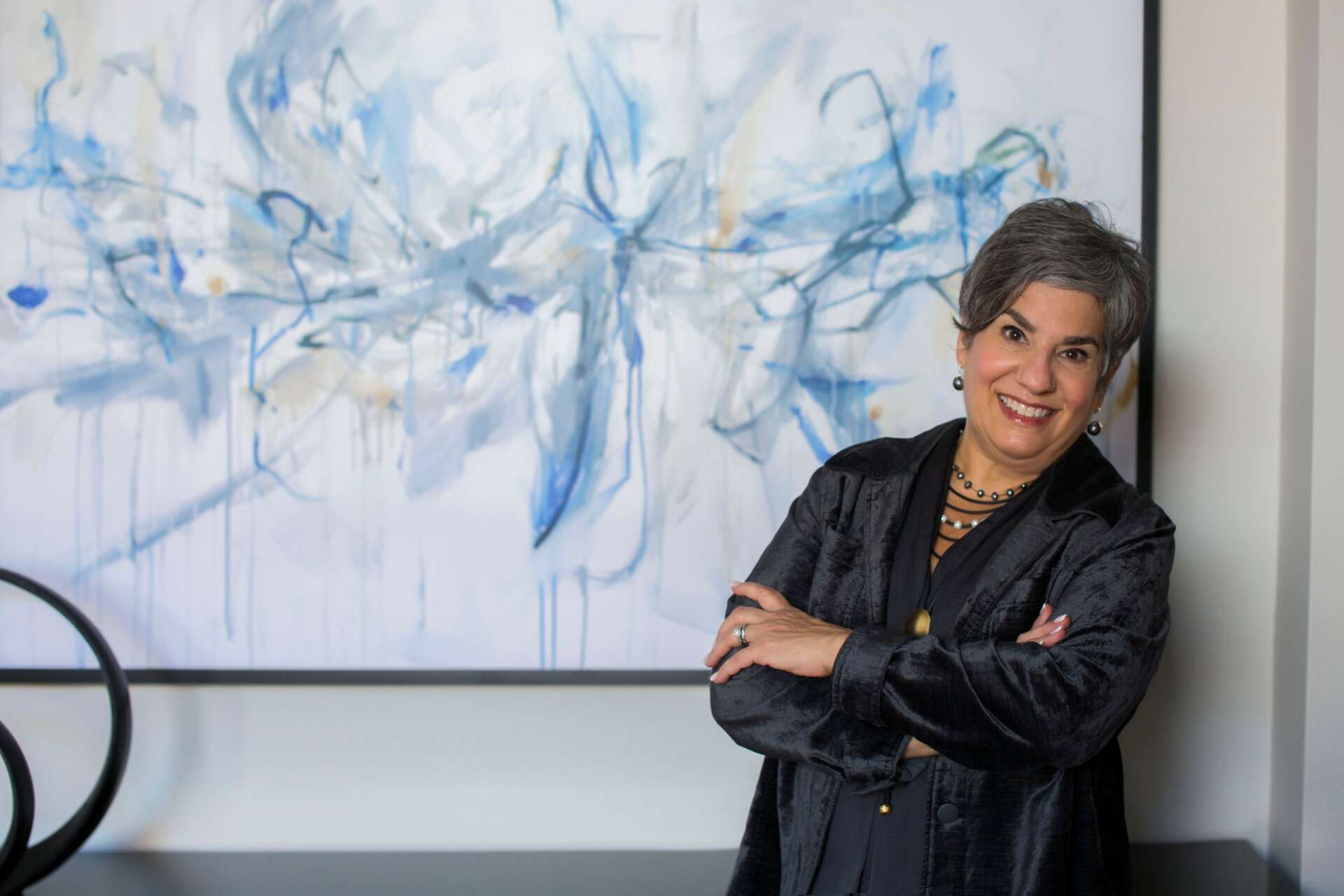
I met with Canvas Rebel in April 2023 to discuss SDG and what makes our design service stand out from other interior design firms. Read the article here.

Looking back at the design trends over the past few years, it’s evident that certain elements will never go out of style. While some are ever-changing, it’s necessary to identify what our clients should plan for and invest in as the new evolution of homes and interiors emerge. Continue reading below to see our predictions for 2023 and what 2022 trends may disappear in the New Year!
We’ve seen a significant shift in a home’s layout. Open floorplans have become a staple in most modern-day homes, allowing guests to mingle between spaces easily, which is why they will likely stick around for the foreseeable future. Not only are open floorplans practical, but they allow family members and friends to enjoy life together. You can easily create additional privacy by incorporating furniture pieces, dividers, or designated quiet nooks to relax and unwind.
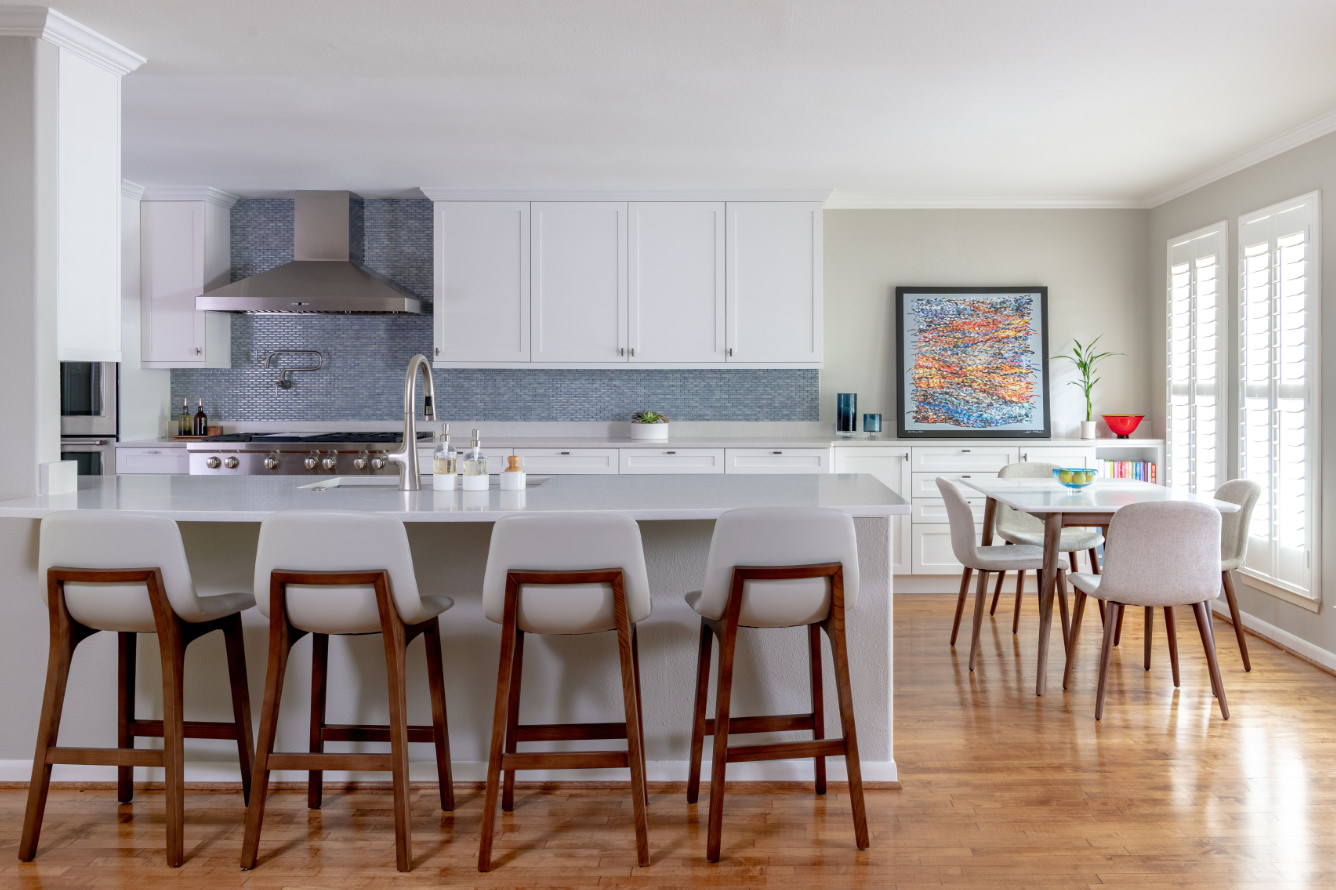
Monochromatic spaces were a massive hit in 2022, specifically with soothingly neutral colors like whites, beiges, browns, and greys. The all-white kitchen was and is a staple in most homes. However, in 2023, we will most likely see a dip in neutrals, shifting to moodier, more energetic, and more vibrant spaces, allowing homeowners to express their personalities through different patterns and textures.
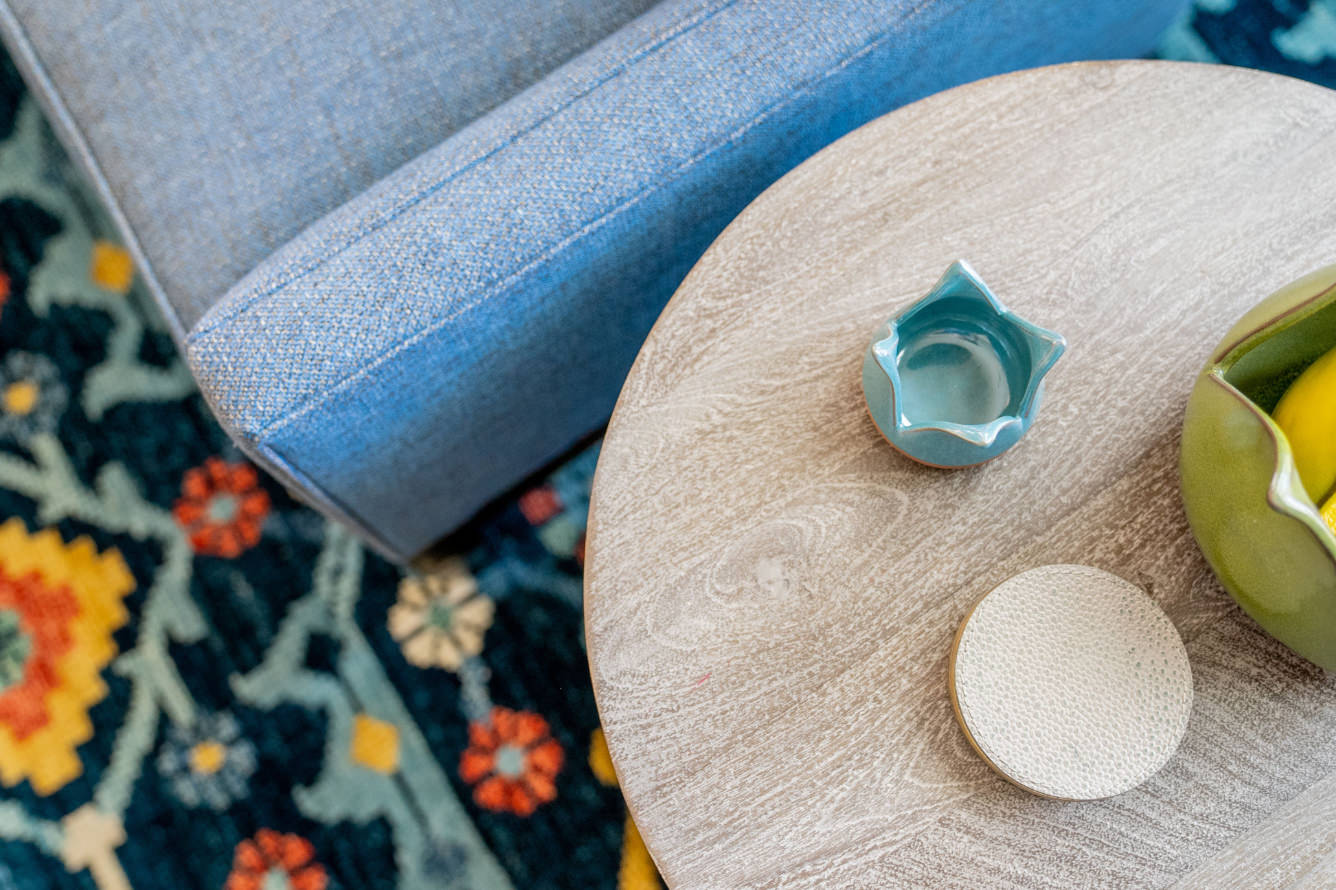
When it comes to holistic design, less is more. But does that make a space feel dull and cold? Like the design trends mentioned above, minimalistic design has been a favorite throughout 2022. In 2023, it’s predicted that many homeowners will shift away from minimalism by adding more depth and dimension to their design style with artwork, greenery/florals, mementos, different textures, colors, and more.
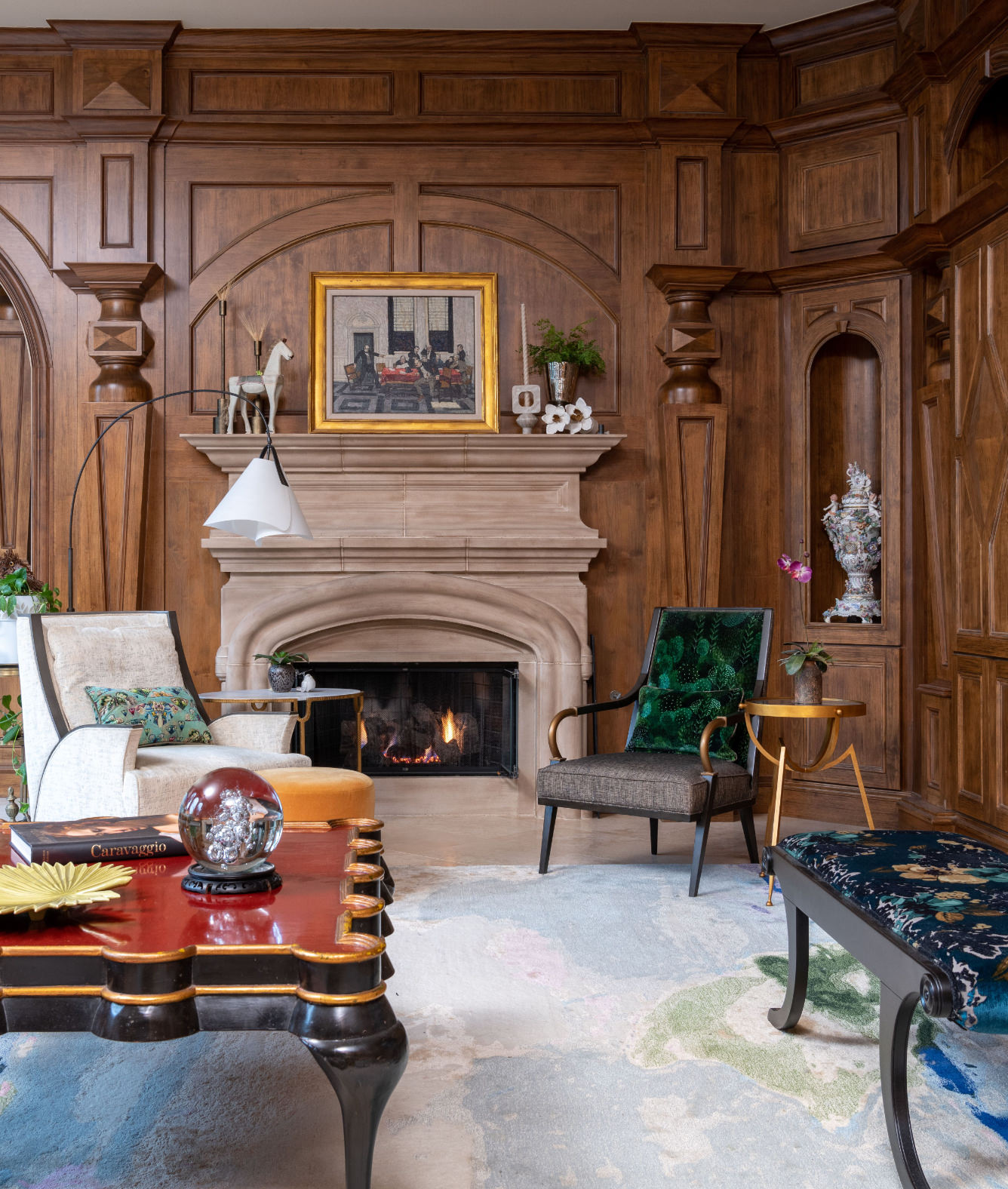
Matte blacks will always be a timeless hardware piece. Still, we may see fewer blacks and more classic metallic hardware styles like bronze and stainless steel that are much easier to clean and still give off a beautiful, timeless contrast to any space.
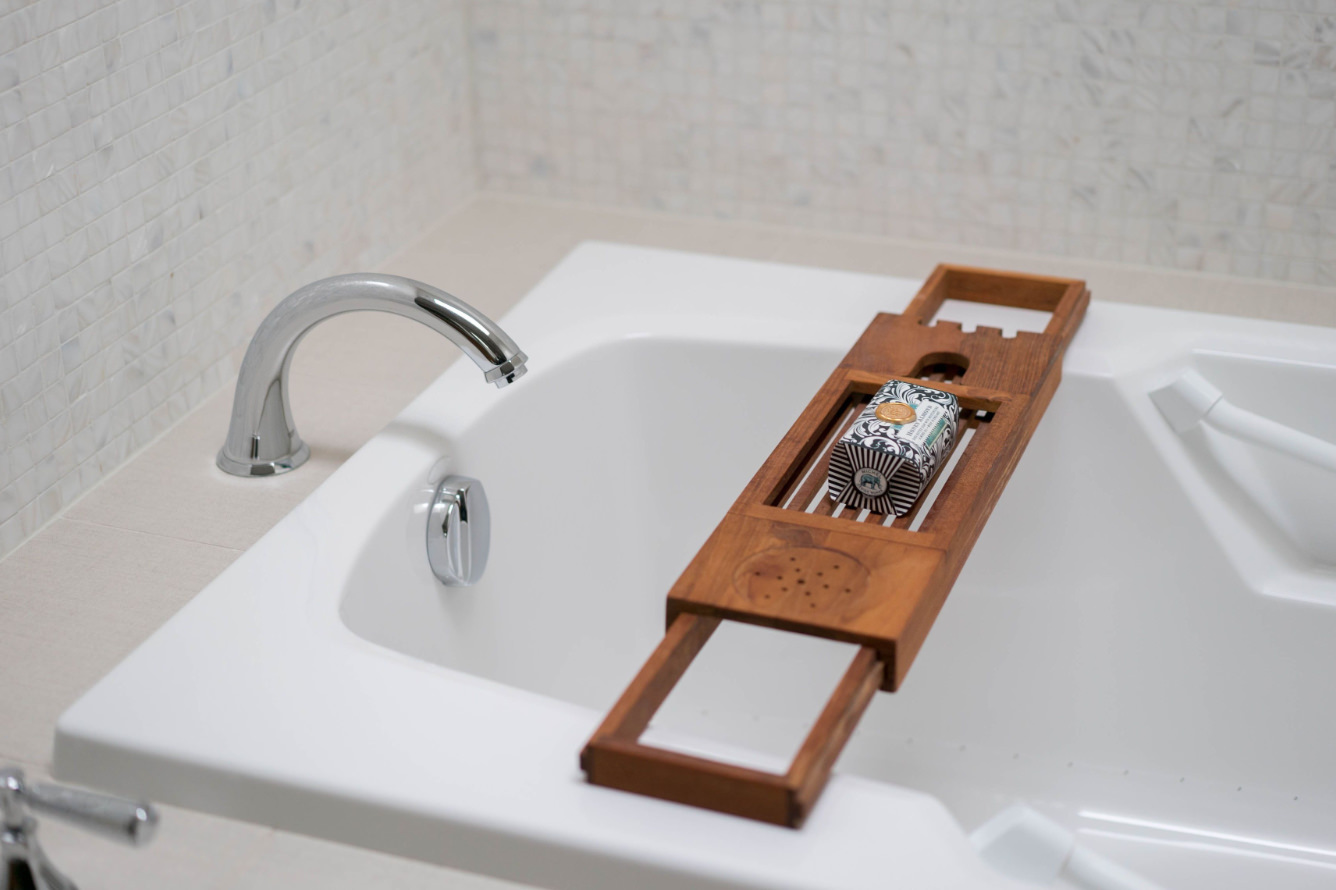
If you are familiar with Schlosser Design Group, then you know that we love a beautifully functional, designed space with layers of sustainable elements. Un-sustainable design trends are fading while functional and sustainable design continues to rise. Many homeowners are shifting towards more eco-friendly options, such as recycled products, re-purposed furniture, energy-saving alternatives, and optimal storage, increasing the overall functionality and well-being of everyone in the home.
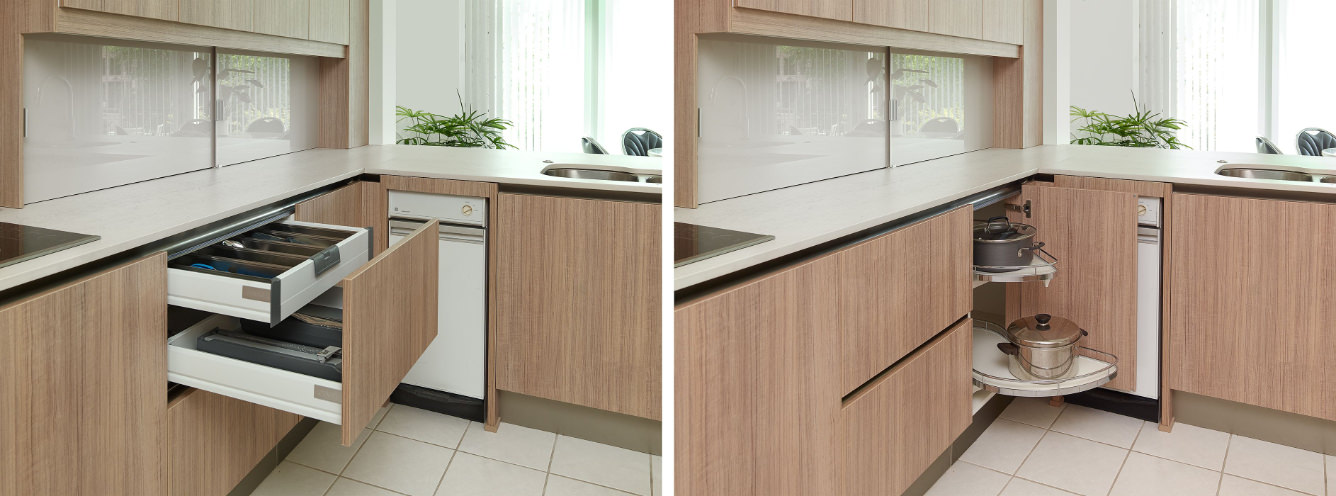
We hope you’ve found our forecast for 2023’s design trends insightful. Whether you follow new trends or not, a home, you love and feel comfortable in will always be in style.
The kitchen is the heart of the home, and you’ll likely spend most of your time gathering around the kitchen island or in the dining room enjoying a delicious meal this holiday season. We are sharing four ways to prep your kitchen for the holidays so that you can enjoy a stress-free and memorable time with your friends and family.
Holiday gatherings typically entail more food than usual. It’s essential to make sure your custom cabinets, refrigerator, and countertops are stocked and organized for the many groceries to come. Consider removing old perishables a few days before heading to the grocery store for a stress-free restock. Cabinet organizers, as shown below, are also a great tool to utilize during this holiday season!
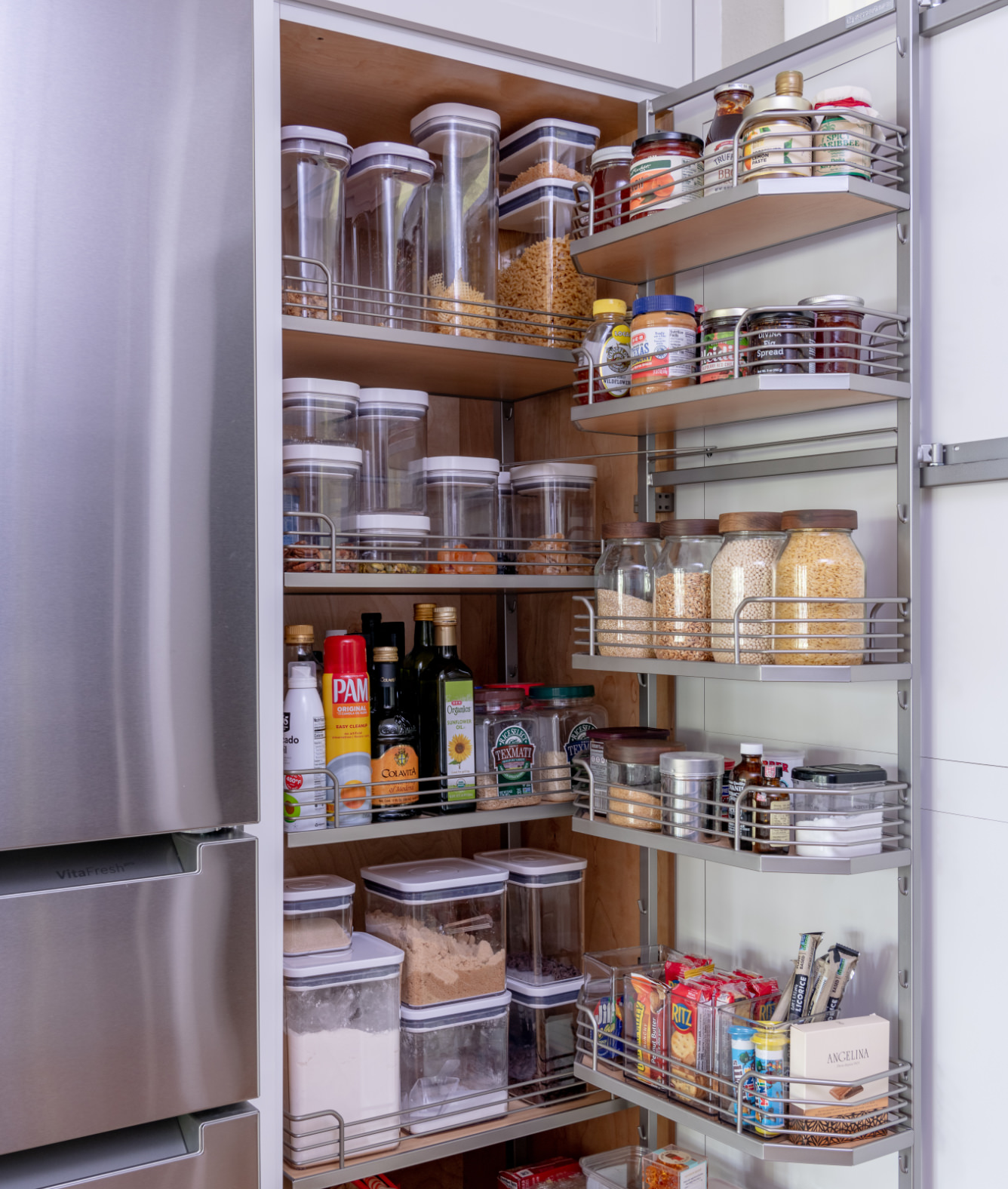
If you’re planning on cooking meals for your holiday guests, you’ll need a list of items to stock up on beforehand! I recommend having a set menu and gathering your list of things from there. Don’t forget some basics, like trash bags, aluminum foil, paper towels, and storage containers for leftovers! As mentioned above, having enough space to store all the items you’ll be utilizing will make for clutter-free and streamlined use.
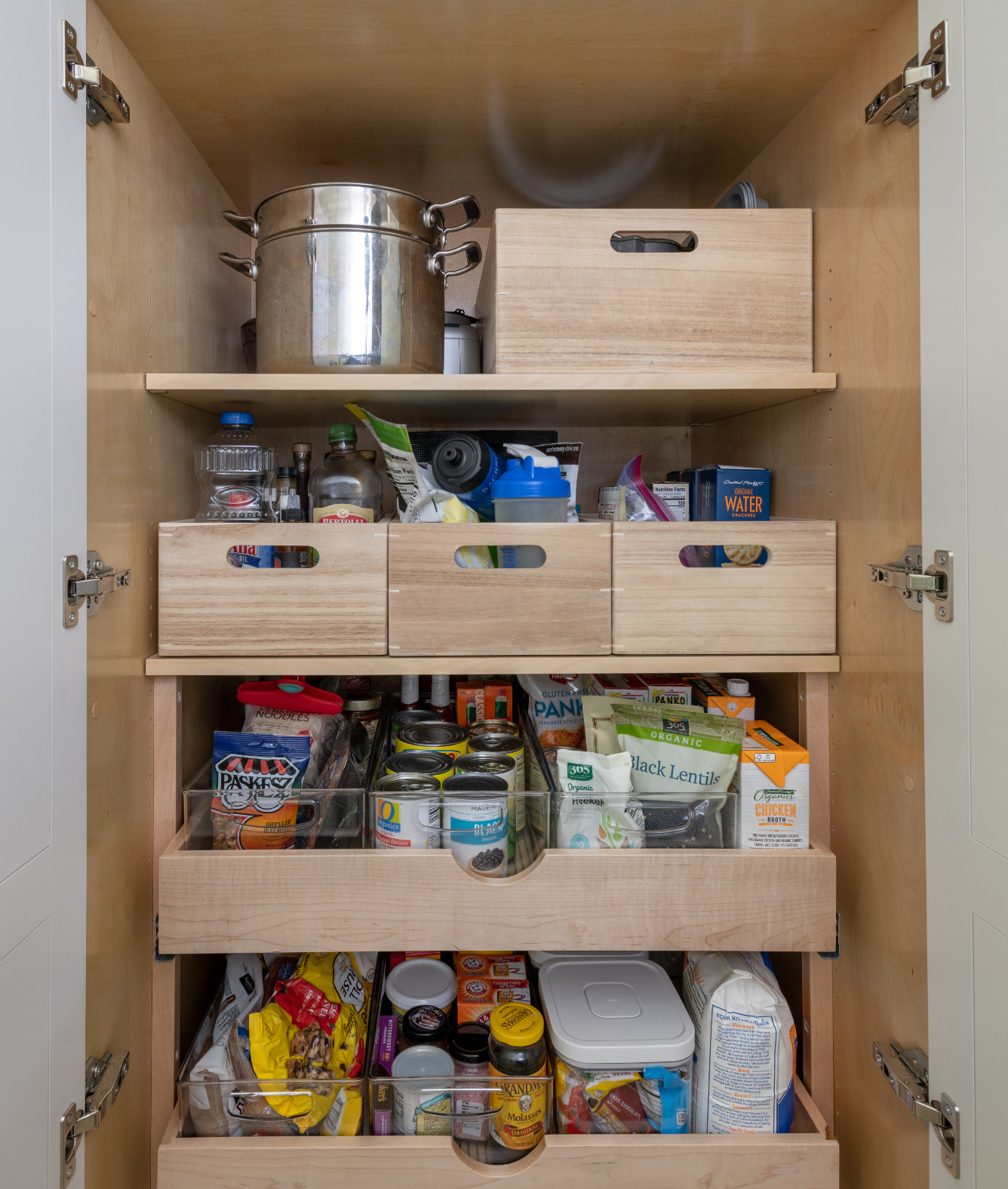
There’s nothing more soothing than entertaining and gathering in a spotless kitchen. Be sure to clean your kitchen appliances, such as your stovetop, oven, and cookware you’ll be utilizing, but don’t store everything away! Have everything out and accessible where you want it to be placed so that everything is set and ready to be used when you begin the holiday preparations and festivities.
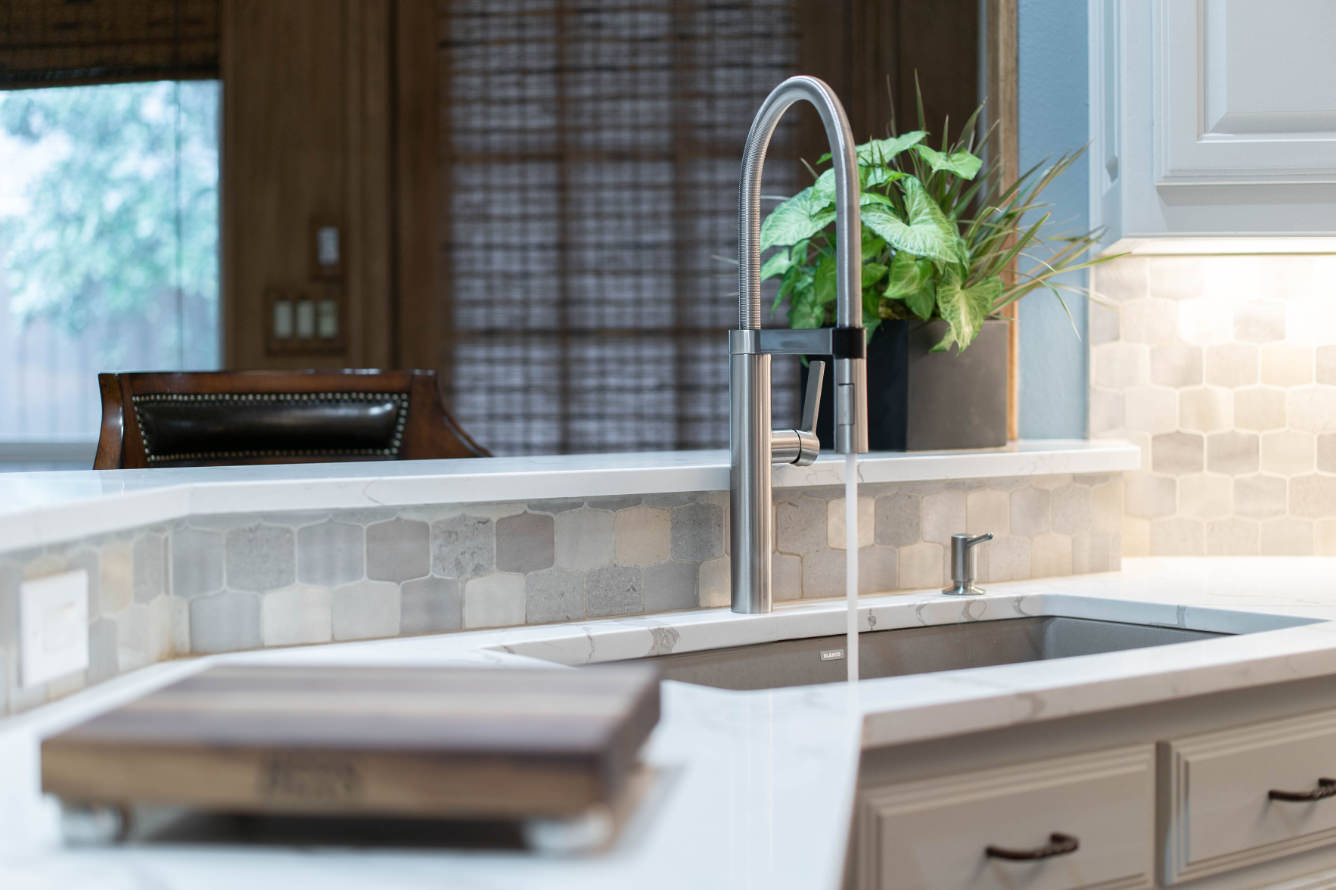

Our latest blog reviewed the do’s and don’ts of decorating for the holidays, and one significant do we want to remind you of is to always get ahead on setting up your decorations! The day before your holiday gathering, ready your table settings and eating areas so you and your guests can effortlessly enjoy everything in its place the day of the festivities. This will help alleviate stress for all parties and help your guests feel right at home.
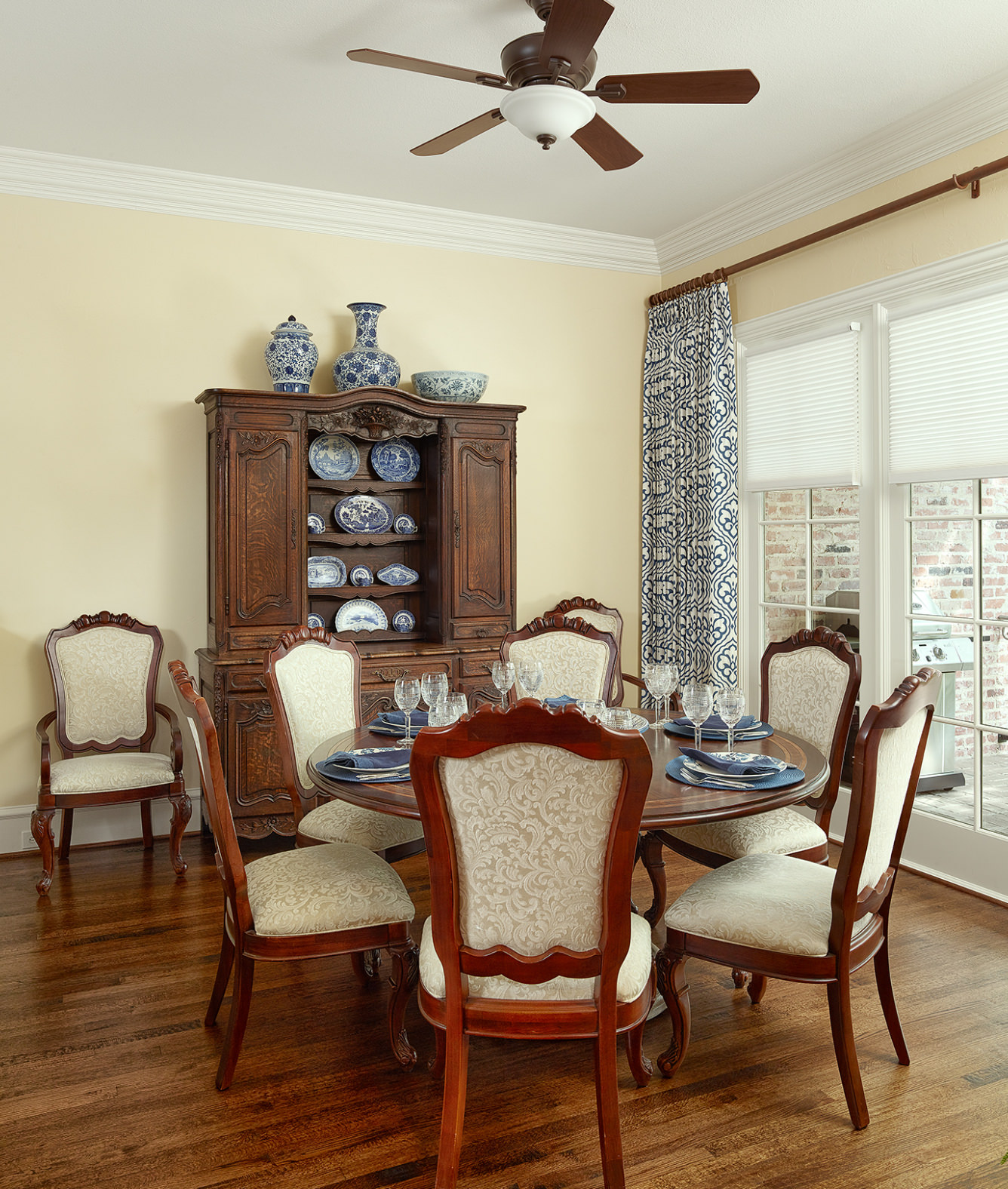
Happy holidays, everyone! We hope these practical and organizational tips help you better prepare to enjoy your time with friends, family, and loved ones.
It’s that time of year again, and the holidays are quickly approaching. This means it’s time to start prepping your home for the gatherings and guests with each celebration. To help keep your home functional and cozy during this time of year, we’re providing you with 4 Do’s and Don’ts when decorating this holiday season.
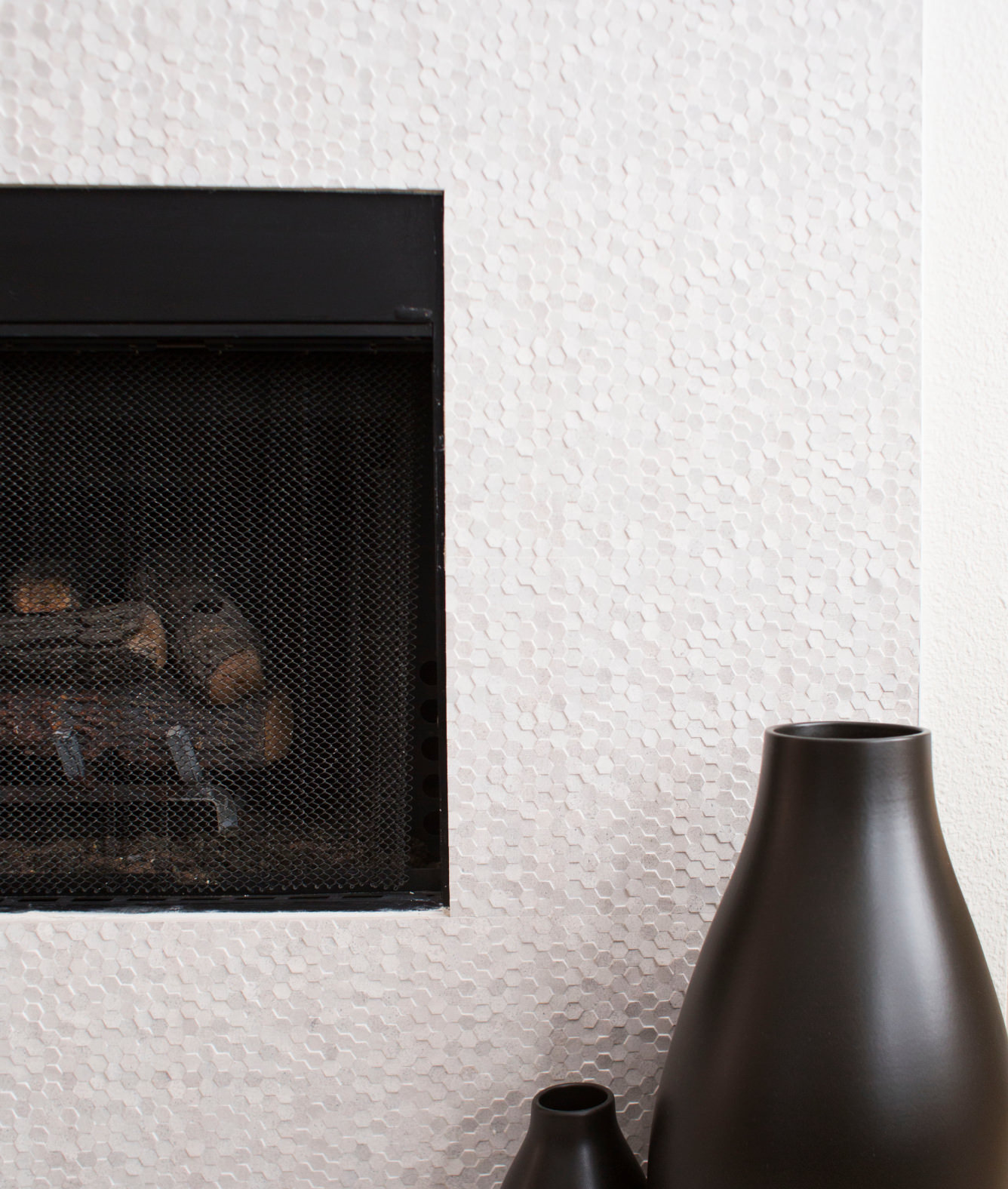
Whether you’re using existing decorations from previous years or purchasing new items, getting a head-start on your holiday decorating can help save you time, reduce stress, and improve your overall mood. Head to the stores before its prime time, and inventory gets sparse. Enjoy decorating with your loved ones while the weather remains pleasant, and you can take your time. Getting a head-start also allows you to plan out your vision so you can enjoy your interiors to their optimal ability.
Undoubtedly, with all the holiday decorating and gatherings, you may be looking for additional ways to conserve energy and save money during this busy time of year. LED lights are a great alternative to incandescent lights. They last longer overall – but they never need to be plugged in, resulting in significantly less energy use, less risk for hazards, and cost-effective alternatives. If you prefer to use other forms of lighting, timers are a great option so you can schedule the lights to turn on when it gets dark and off before bedtime!
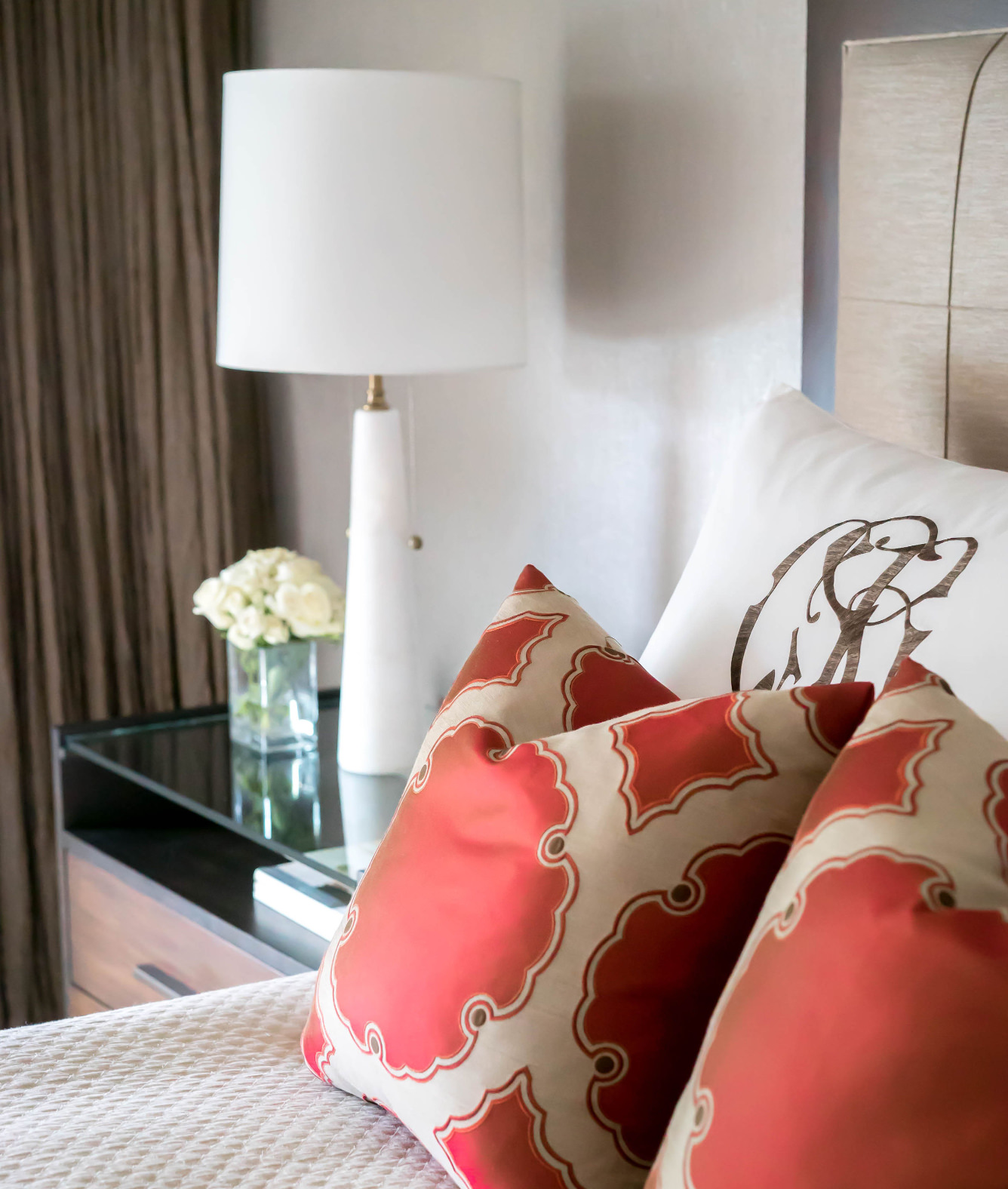
Holidays are a great excuse to get extra festive, but if you don’t want to overdo your decorating, try sticking to the same color scheme throughout your home to help tell a story. It may be beneficial to play off one focal point to create different color combinations while adding patterns and textures to help tie your space together.
Our latest blog discussed the importance of creating the right first impression with home design. Avoid overcrowding your front door and entryway with decorations so you and your guests can seamlessly enter the home. Instead, consider implementing a holiday-inspired wreath, in-season florals, a well-lit entry, or some holiday-inspired candles to complete the festive feel.
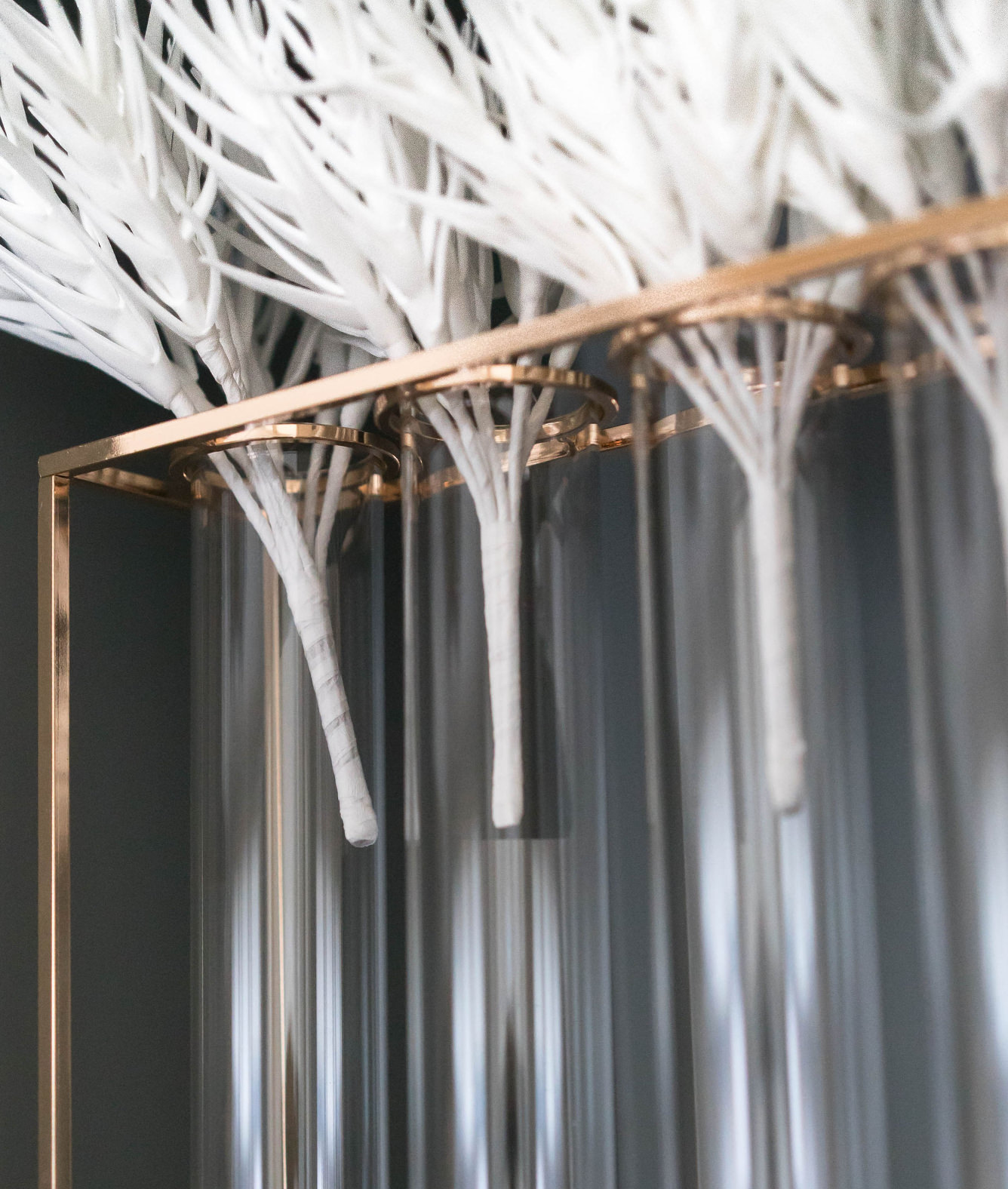
Don’t forget that less is more, which also applies to your holiday décor. There’s holiday cheer, but there’s also holiday clutter. Strive to create a personal, simple, impactful space to help you feel at ease during the holiday season. Ultimately, if your home makes you and your guests happy, you’re doing it right.
As mentioned above, you don’t want to go overboard with the holiday décor. However, create a consistent and cohesive feel by sprinkling decorative elements in serval rooms of your home to help make each space feel extra cozy and festive. Something as simple as holiday throw pillows, sheets in the bedroom or a cheerful shower liner in the bathroom can add that extra dose of holiday spirit.
There are several options for hanging up your holiday décor, but staples and large nails shouldn’t be one of them! Avoid the risk of damaging your walls or roof by applying substitutes like command hooks, tacks, adhesive putty, or clips to hold up lights or artwork.
With the amount of technology available to us these days, and our constant need to be connected to everything all at once, electrical appliances and décor have become increasingly popular each holiday season. It’s crucial to recognize when your outlets are overloaded to avoid loss of electricity, circuit breaks, and electrical fires, not to mention the cluster of unsightly cords. Try strategically placing each design element where they don’t depend on the same outlet.

There you have it! We are genuinely grateful to gather and celebrate with one another this year. We hope these do’s and don’ts help inspire your decorating this holiday season, helping to bring back joyful memories for years to come.
It’s no secret that every homeowner wants to create a wow factor for each guest that steps through the door. Strong first impressions are made almost instantly – therefore, you want your guests to feel welcomed, comfortable, and of course, have them “ooh” and “ahh” at every stunning sight they see. There are several ways to create a great first impression when designing your home that will support a holistic form of living for you and your family and invite your guests to enjoy a one-of-a-kind, mindful environment.
As visitors approach your home, it’s evident that the first thing they’ll see is your exterior – which is often more overlooked than the interior when designing. The front of your home, especially the front door and landscaping, will always create the first initial impression. This introduction to your home can be enhanced by having a beautiful walkway leading up to the front of your residence for ease of use versus steps that would make the approach less inviting. Several elements like these can elevate your exterior, as well as a nicely painted front door, freshly mowed lawn, and potting plants or flowers.
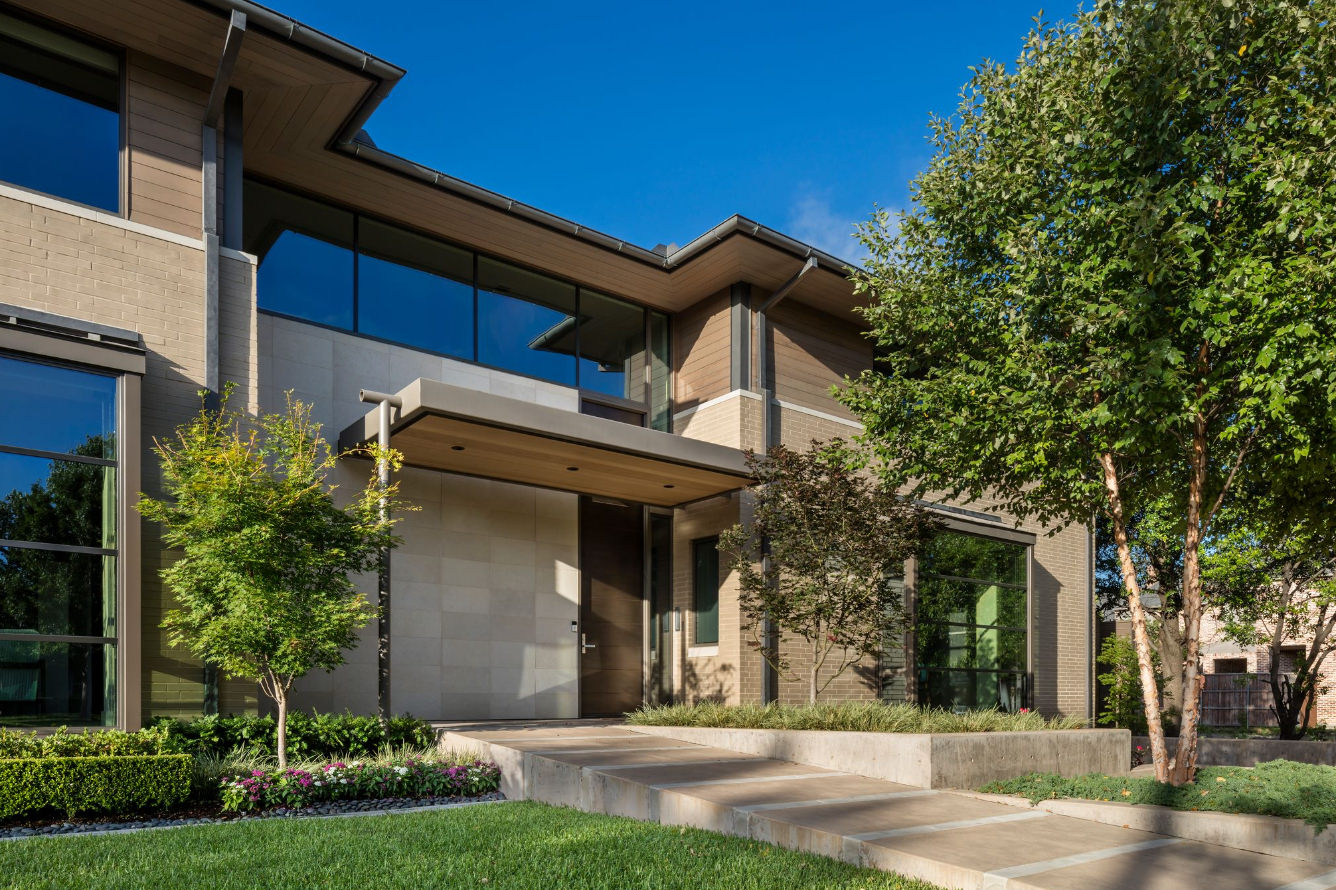
As guests move on from the exterior, your home’s entryway will be the next stop. Believe it or not, entryways set the tone for the entire house. Therefore, it’s an incredibly essential space to spend that extra love and attention on.
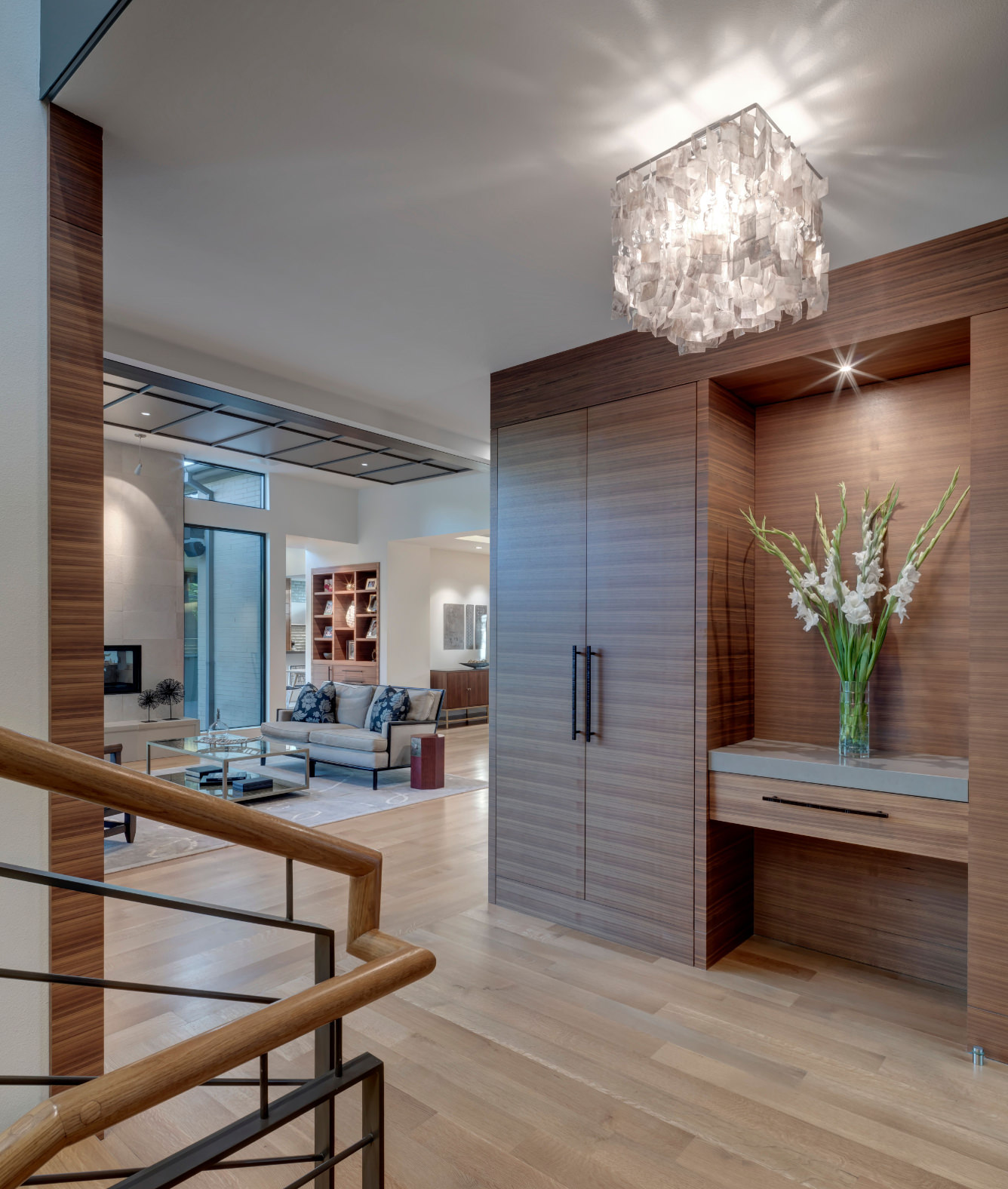
Focus on having a functional and spacious entryway, including statement pieces such as benches, tables, patterned rugs, or mirrors that reflect natural light. Each of these can effortlessly elevate your entryway, mesmerizing those who enter through the door.

Have you ever walked into a room that’s too dark or too bright? Lighting is critical when making an excellent first impression. We’re not talking windows or pendants all over (we don’t want to create a blinding space). However, incorporating a combination of natural and overhead light will create a bright and airy space that is refreshing for all. Even better, include a statement pendant or a chic floor lamp to help keep the area bright during the day or evening while creating a stunning focal point.

Show off your creative side! Blending different materials with an eclectic mix of elements can help bring personality and creativity to your home with the right amount of balance. Less is more with this approach, and we understand that layering details can be complex, with so many factors to consider. That is why yours truly is here to support you and your family. Read more on our previous blog, “What can a registered interior designer do for you,” to see how we can help. Incorporating different materials also has a way of telling your home’s story. Items like plants, florals, and wall art can help elevate any space and create a luxurious ambiance that nurtures and enhances the life of those who live within and interact with the space.
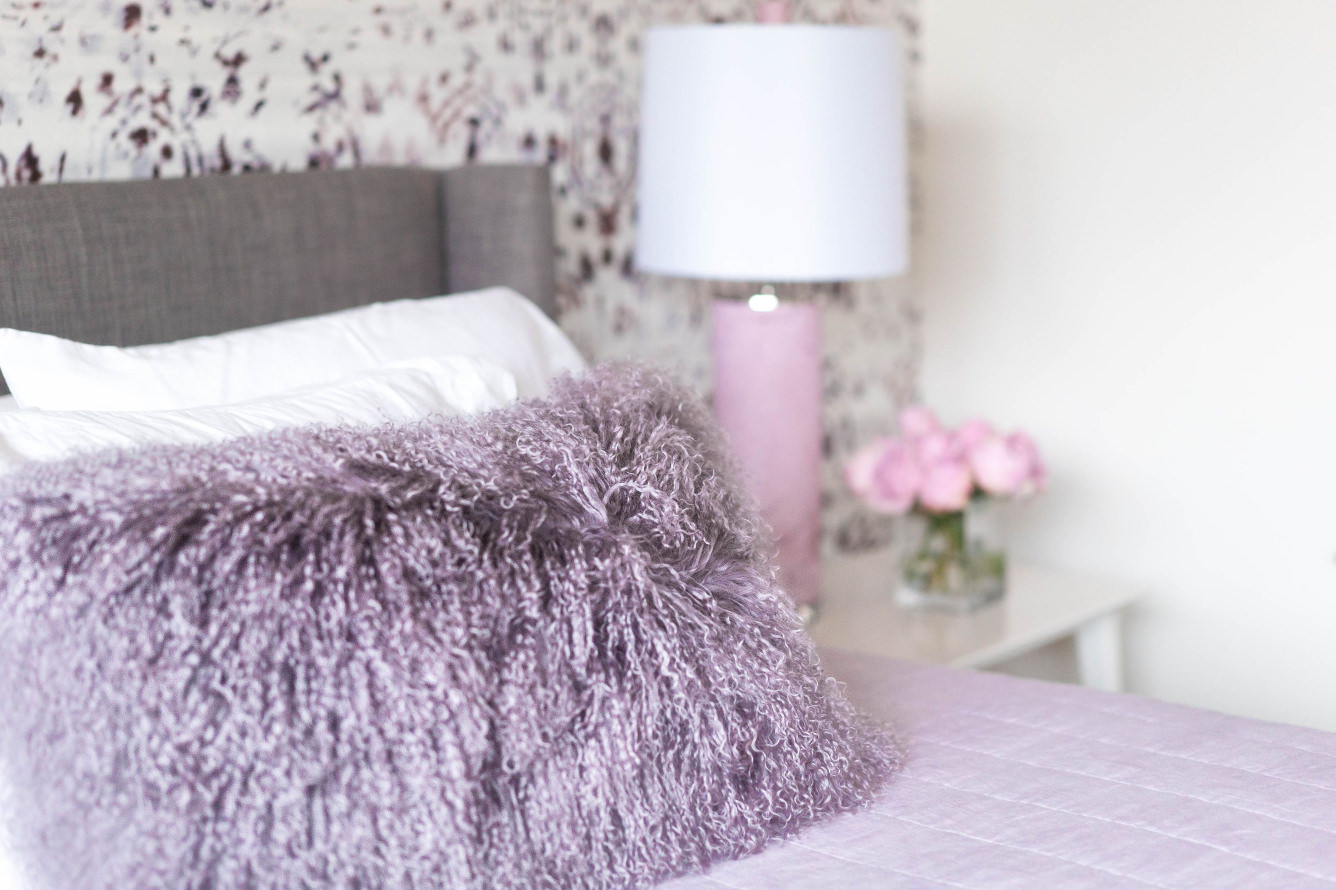
To keep your home from looking plain and lifeless, we recommend using a mix of colors and textures to accentuate and enhance the surrounding design elements in your home. Keep a cohesive feel throughout, with details that complement each other well. Also, when selecting different design pieces, be aware of clashes that drastically lower the space’s overall aesthetic.
Ultimately, a home you love will be a home that your family and your guests will love. There are many ways to create an interior that will leave a long-lasting, positive impression on everyone, and we hope this helps you think of ways to enhance your home to make the right first impression.
Believe it or not, Interior design is more than just designing a beautiful space or home. It’s about creating a functional space to make the most of a room’s potential, both aesthetically and practically. A home should be able to accommodate any age or lifestyle, meaning we should prioritize how each design element will be used to the best of its ability. Let us guide you through the importance of functional design and how everything in your home can serve a significant purpose.
It’s no secret that clutter can make your home look and feel congested, causing unnecessary stress to all parties involved. One of our favorite parts of functional design is utilizing storage in unique ways – resulting in a clutter-free home without taking up space from another room, cabinet, or empty corner. When it’s time for those blankets, games, books, or seasonal decorations to be put away, set them aside in your space savers to keep them dust-free and safe until upcoming use. Reminder: It’s okay to have free space!
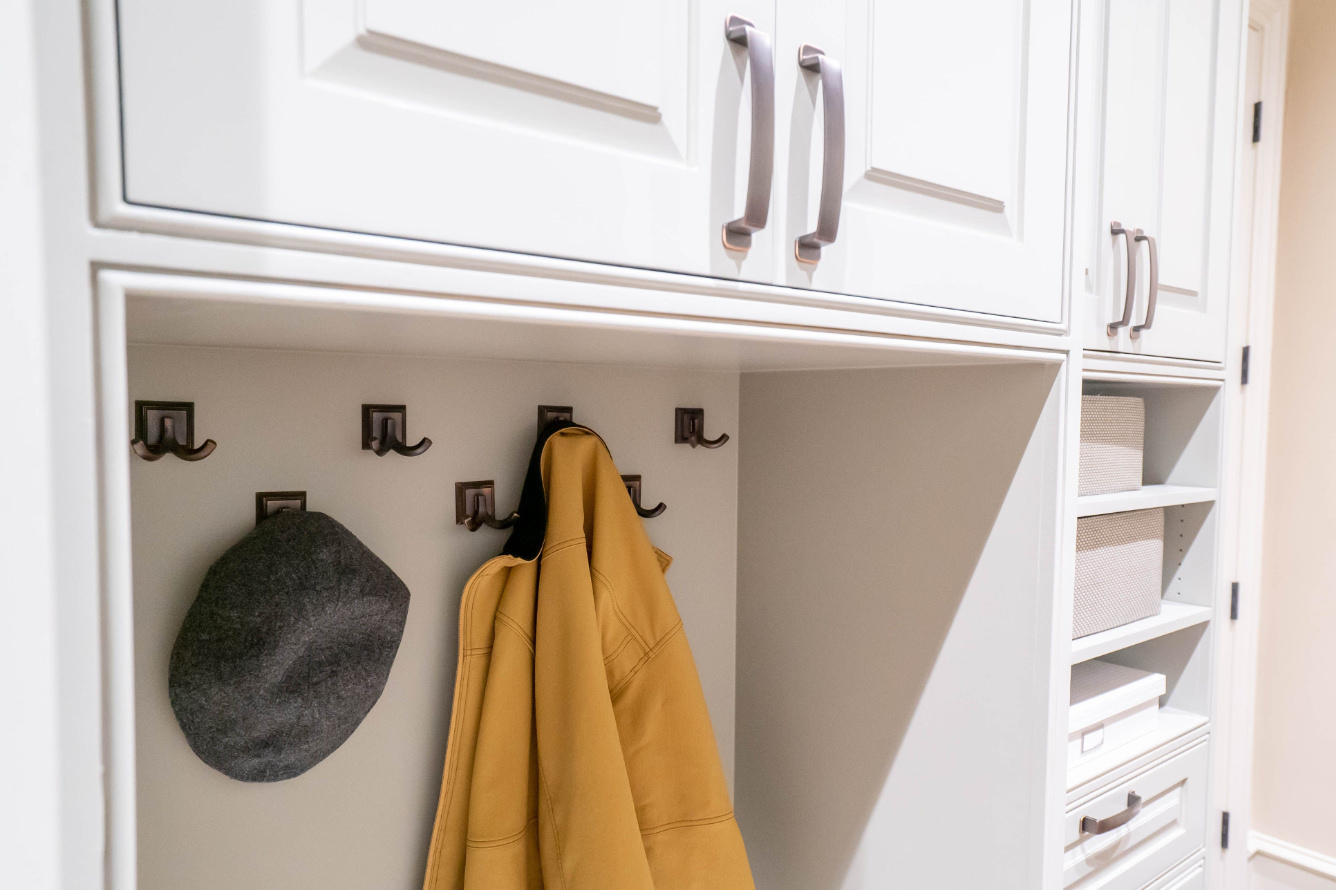
Notice how each element of this kitchen is placed. The cabinetry is easily accessible, and the appliances are evenly stationed. This free space allows enough flow for all to be in use simultaneously, regardless of whether you’re cooking, mingling, eating, or all the above! Whether you enjoy entertaining or have a hobby that requires daily countertop or table use, a functionally designed floor plan is necessary for the amount of traction the space gets.
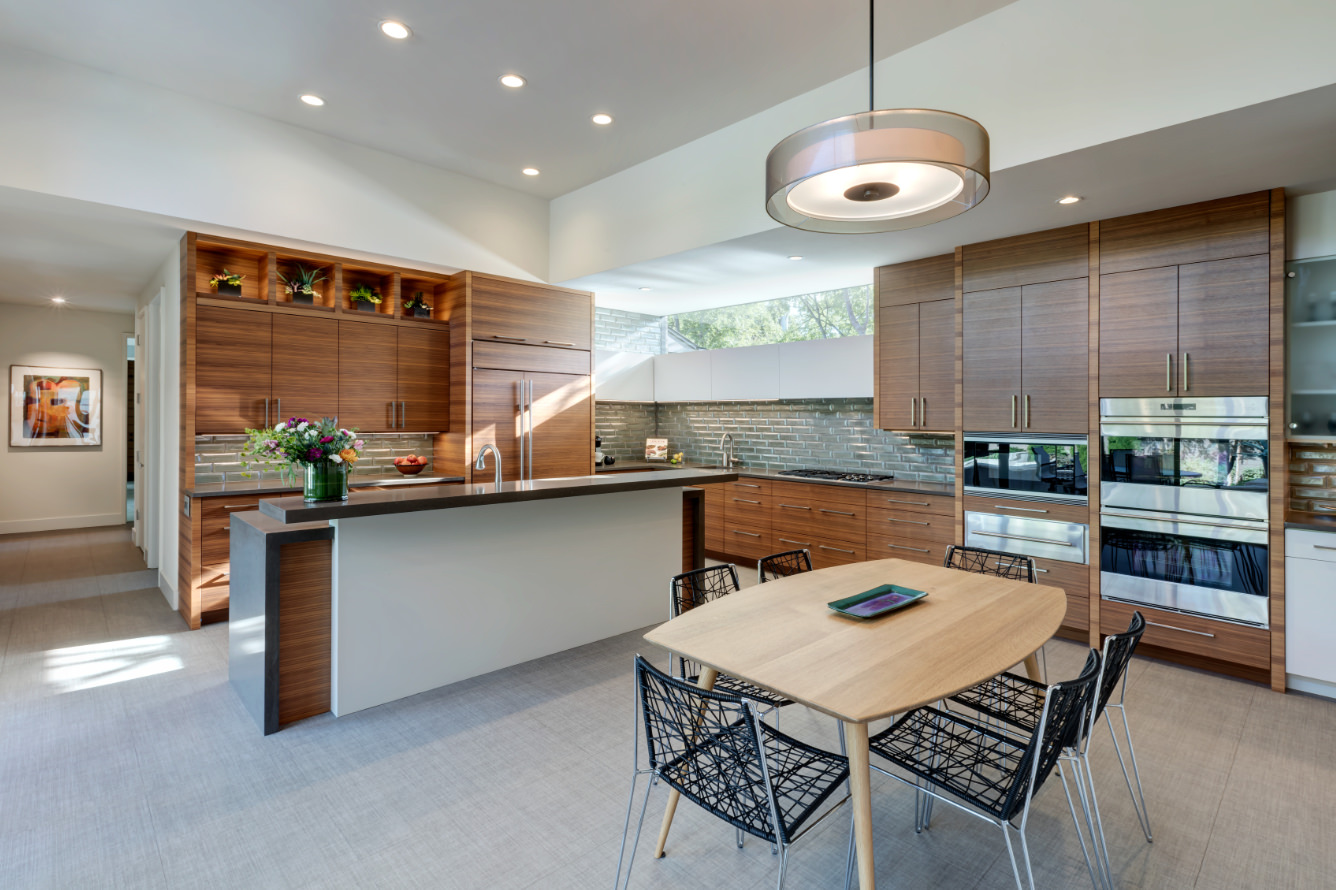
Can’t find the one thing you need out of the drawer or cabinet you’ve been neglecting? Not only are these organized drawers aesthetically pleasing, but they are also incredibly functional and will help encourage you to put everything back in its place after use. Organize your home in a way that makes sense for you – by placing frequently used items in conveniently located spaces. For example, we recommend placing the spices near the stove for easy reach when cooking!
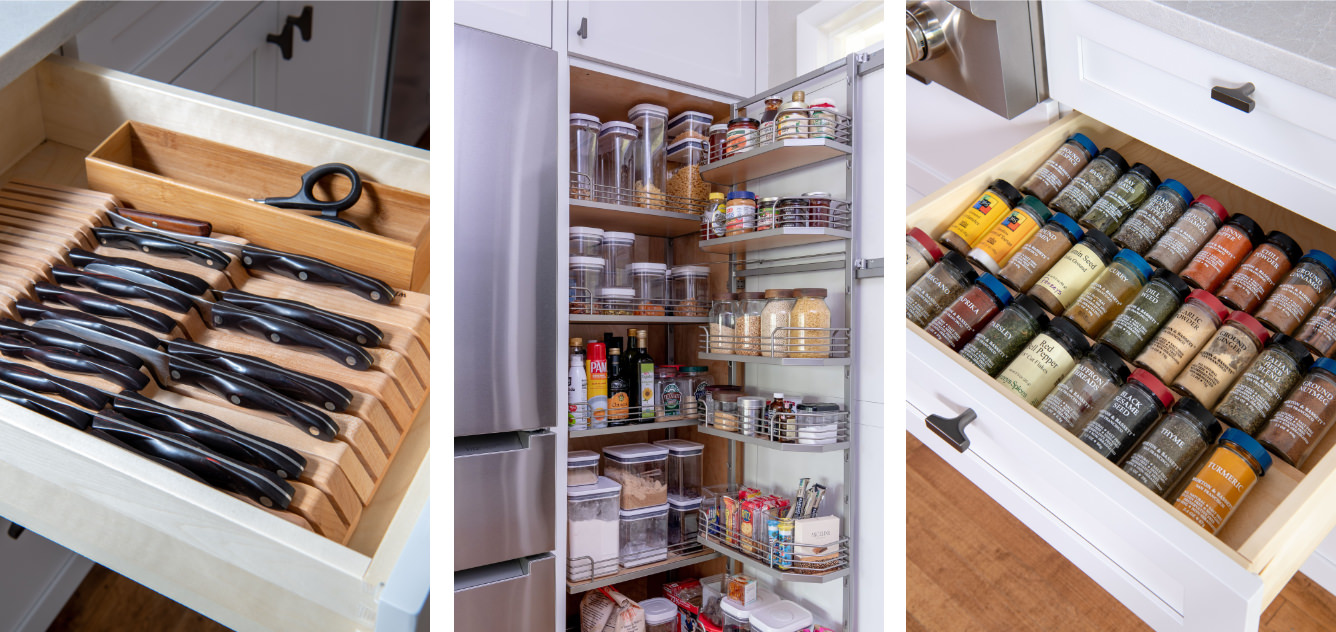
Triple the use, triple the fun, are we right? This sofa provides durable upholstery, comfortable seating, and storage underneath – a perfect addition to those smaller spaces or multipurpose rooms, especially with little ones or furry friends running around. Functional and beautiful!
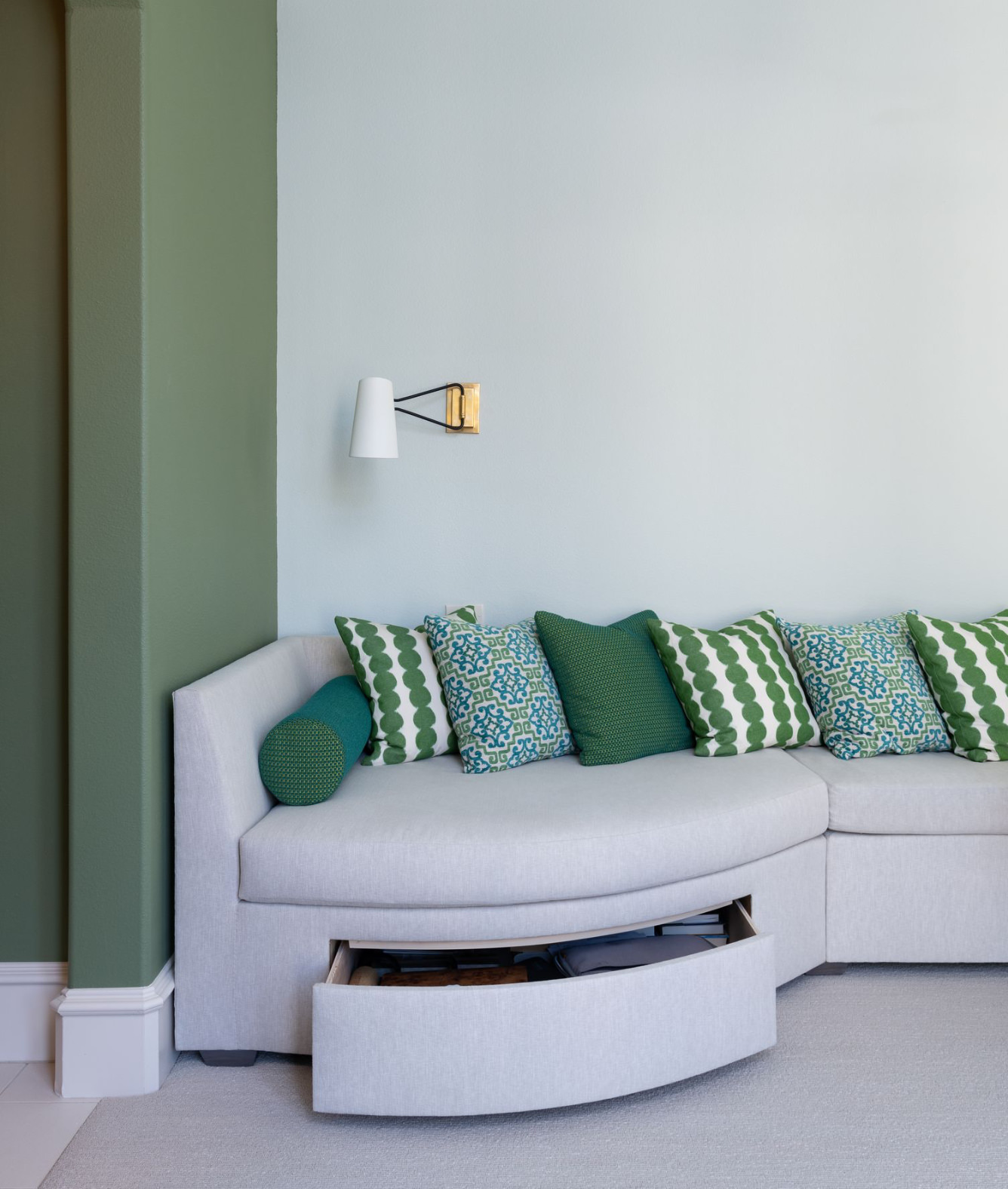
Functional design goes beyond what is beautiful, serving more of a purpose than we know. We hope to help you create a stress-free environment, adding to the longevity of your home and those who reside there.
In our previous blog, Paint and Paint Finishes, we talked about how paint finishes can make a noticeable difference in your home and your mood, but did you know that the paint color in your bedroom can also affect your sleep? It’s true! According to the CDC, more than 35% of Americans struggle with getting enough sleep for their bodies. Certain colors can make the body respond to sleep better, while others inhibit sleep. If you feel you’ve been sleep deprived and have tried to find a solution, now may be the time that you consider your surroundings.
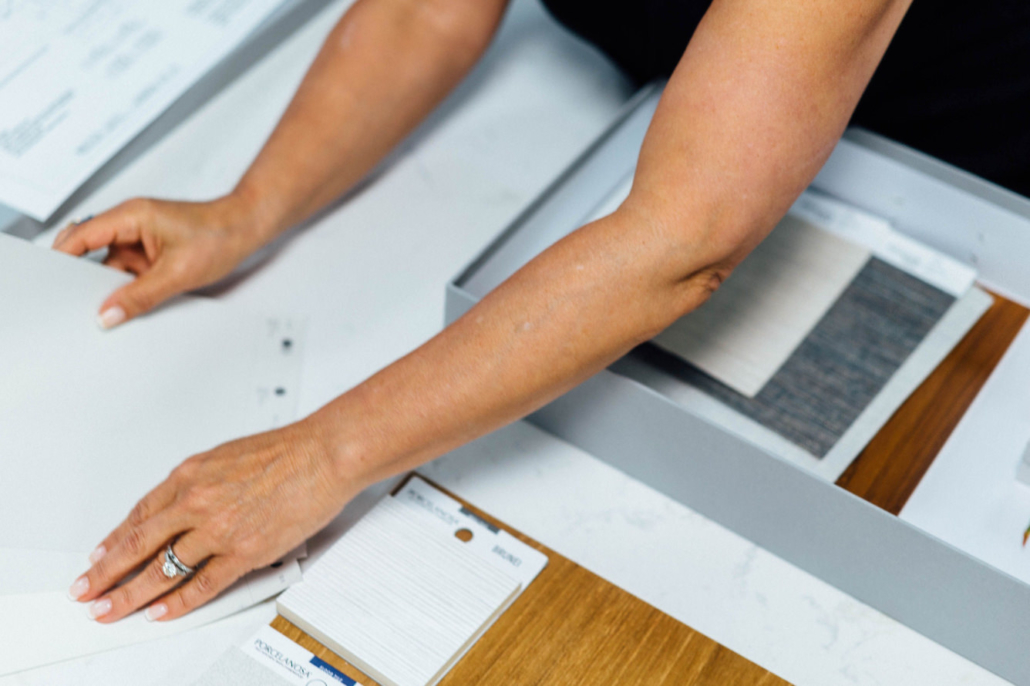
When thinking of a color scheme for the bedrooms in your home, you will want to choose muted colors and lighter shades. Avoiding glossy, satin, or eggshell paint and vibrant colors can help improve your sleep pattern. Anything but a flat paint application can reflect light and stimulate your brain, keeping you awake or preventing you from entering a deep sleep or REM cycle. Faded pastel colors can also help reduce stress and anxiety, allowing you to fall asleep faster. Here are some examples of muted colors and lighter shades that can help you get some sleep.
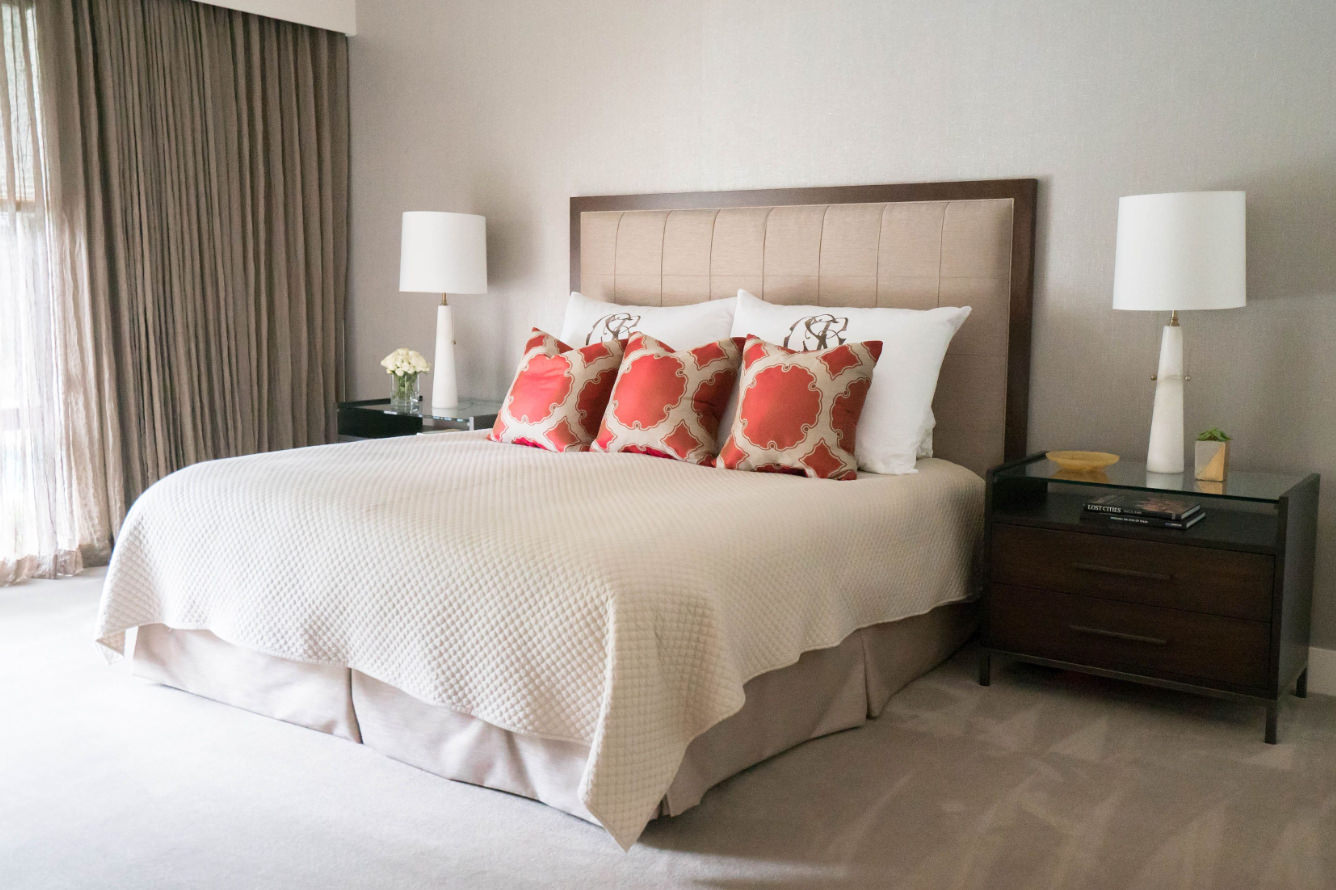
Blue is one of the best colors to promote sleep. It evokes a state of tranquility and calmness and tends to be more muted than other loud colors like yellow or red.
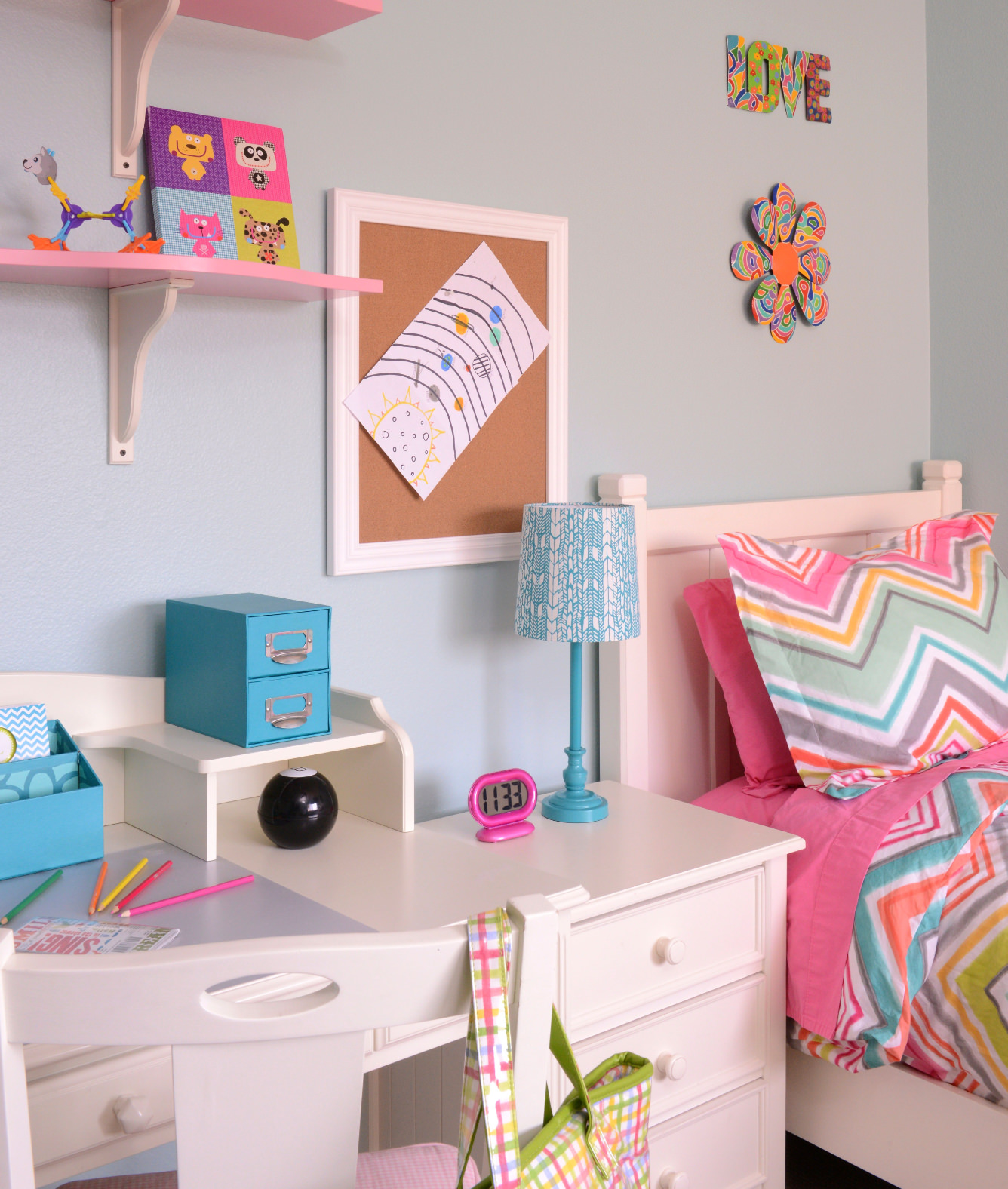
Green can be reminiscent of nature and can create a state of relaxation. You can also bring in plants and photos of nature to enhance a more natural environment.
White and shades of off-white emulate peacefulness and promote happy thoughts of a clean and fresh room.
Darker shades of purple can stimulate your brain and inspire your creative side, while lighter lavender or lilac shades can help de-stimulate and calm your brain. Below are some examples of the slight differences in purple hues that can significantly impact your brain and its activity.

Spangle from Sherwin Williams is a shade purple with more red, while Potentially Purple and Wishful Blue have more blue undertones.
If you struggle with sleep and think you’ve tried everything, maybe assess your sleep environment. Think about what is in your room right now. Does it align or go against what we’ve mentioned above? Sometimes it is the little things that can make a huge difference. If you need guidance on other ways to enhance the bedrooms in your home, we would love to help you so you can enjoy a good night’s sleep.
We all know how much your style is affected by your personality. Paint colors and finishes make a big difference in a home. Everyone is different, but what we may not think of is how paint colors can affect your mood. Our lives seemed more stressful for so long as 2020 dragged on, and now is the time to unwind at home with a design choice that makes you happy.
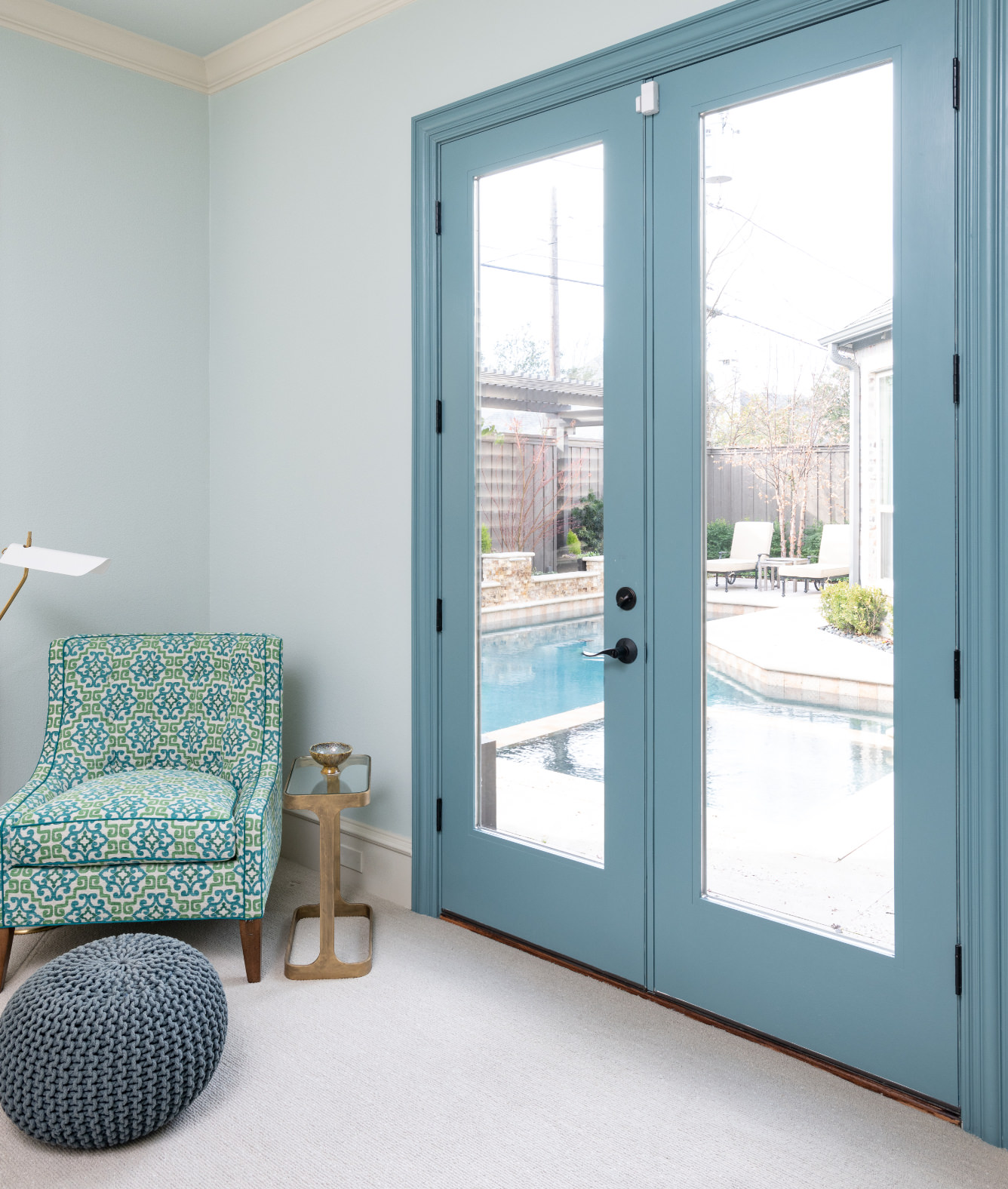
A bright yellow that you may have questioned before 100% completely acceptable and welcomed as a happy color to have in your home. Bright green can make you feel calm and relaxed, but a faded blue might make you feel energized. Room colors can help relieve stress, boost creativity, lower your blood pressure, and so much more!
Wondering how to think of paint colors as a functional addition? One thing to keep in mind, other than your favorite colors, is what shades compliment you. As you would pick your outfits based on your hair and skin tone, the same can be said for paint colors in your home. You spend time in most of your rooms, you take photos with family and friends. You make memories at home. Ten years down the road, you don’t want to look at your photos and ask what you were thinking.
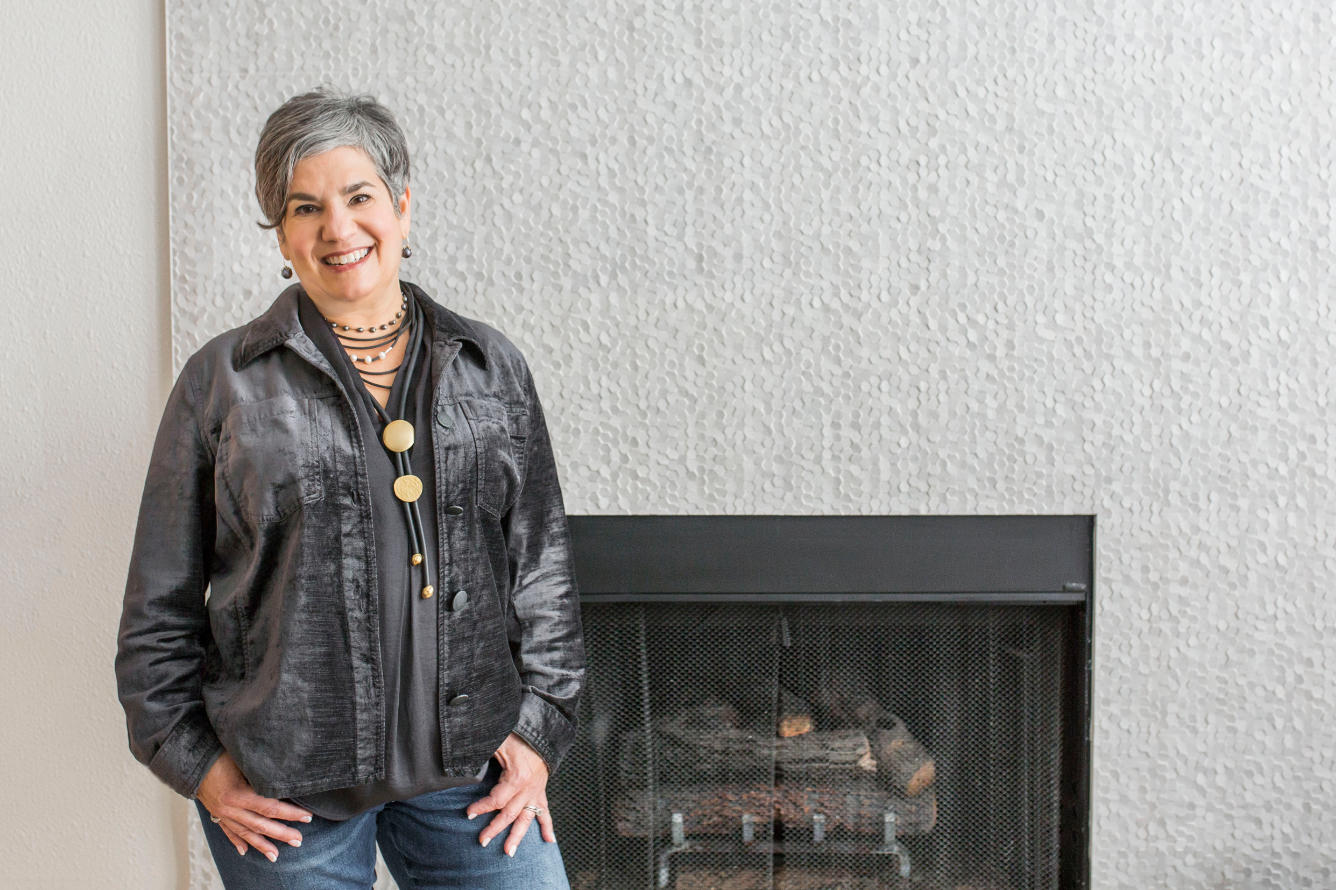
More and more people are dropping the cool neutrals. Stark white is out, and different shades of white are used to create a calm and comforting feel. Keep in mind what neutral colors will complement the color you have chosen as the base for the room. The right color not only enhances the visual appeal of a room, but it can also highlight the design to create a living space that is personalized for your family.
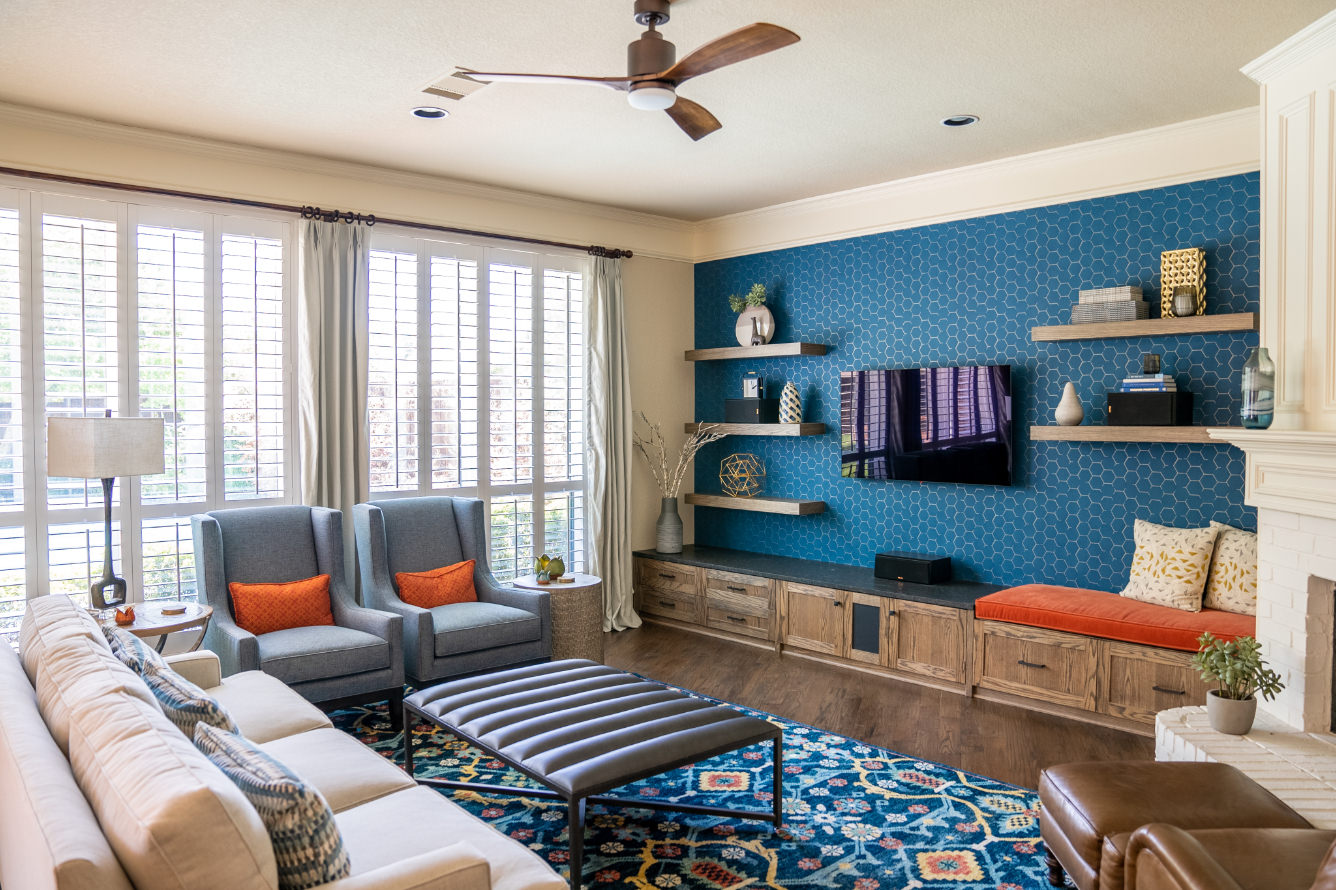
If you love a nurturing environment, you may love the thought of well-paired earthy tones. SDG is here to help you achieve a holistic design. What is more holistic than shades like sage, lavender, dusty rose, burnt sienna, and terracotta. This is where you may want to bring in a warm neutral to pair with your bold color and create color blocks.
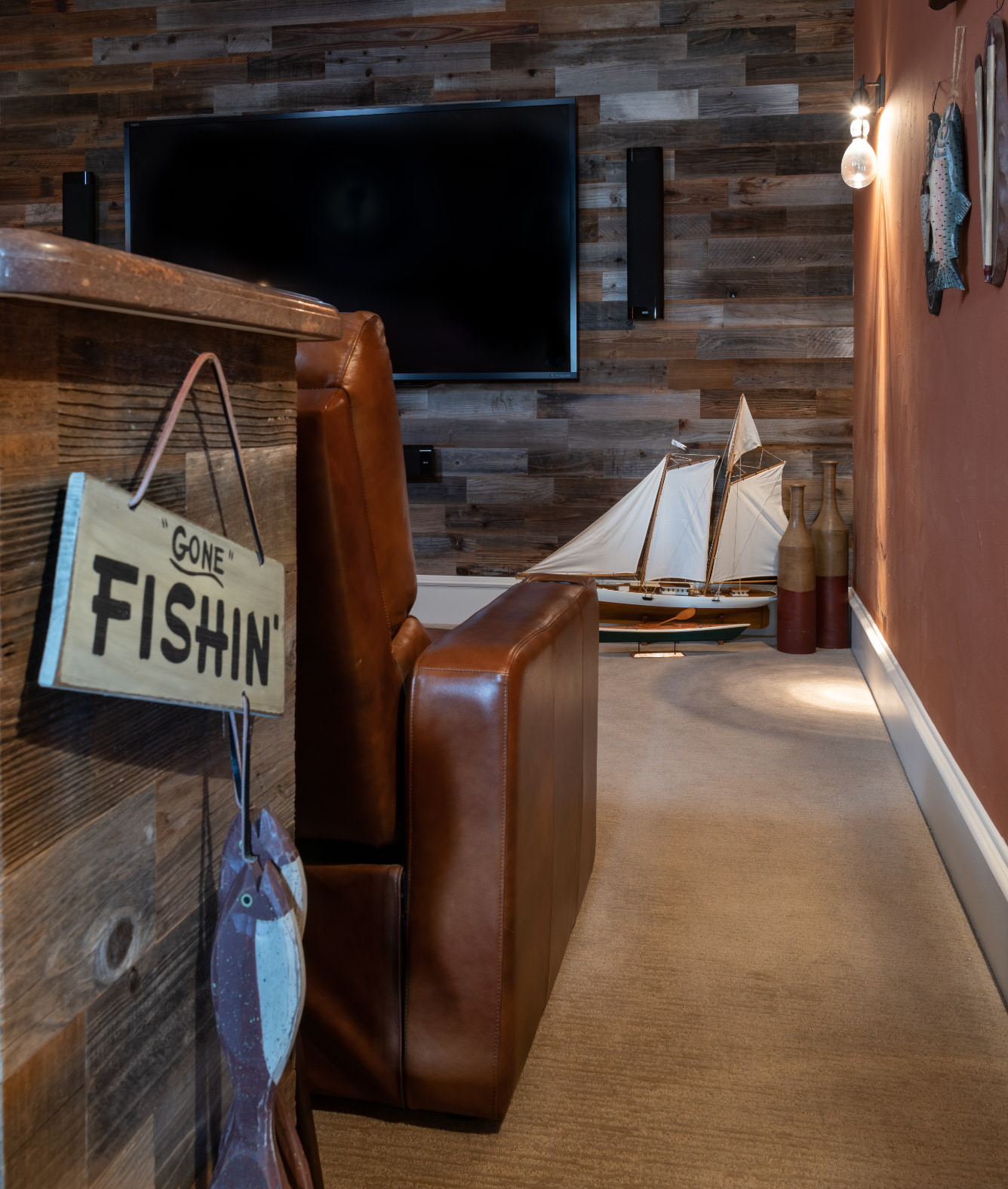
The trend of the year is making bold statements, and people are starting with their home design. From bringing black back to olive greens and muddled-jewel tones, we are seeing darker colors that have been considered distasteful in the past. We are seeing entire monochromatic themes with color drenching rooms entirely in darker shades to create a seamless look that is easier on the eye. Give your home a refreshing look and set the tone for your wildest color dreams.
With 2020 being the start of so many people working from home, we are looking now more than ever to create a warm and inviting space. One way to do so is be more mindful of warmer, velvety shades. Each color has warm shades and cool shades. Traditionally, there were cool colors and warm colors, but we have since evolved. Warmer shades can help make you feel safe and grounded in your sanctuary. SDG’s goal is to improve your quality of life every step of the way. Painting a space dedicated to helping you relax and feel rejuvenated is the first step.
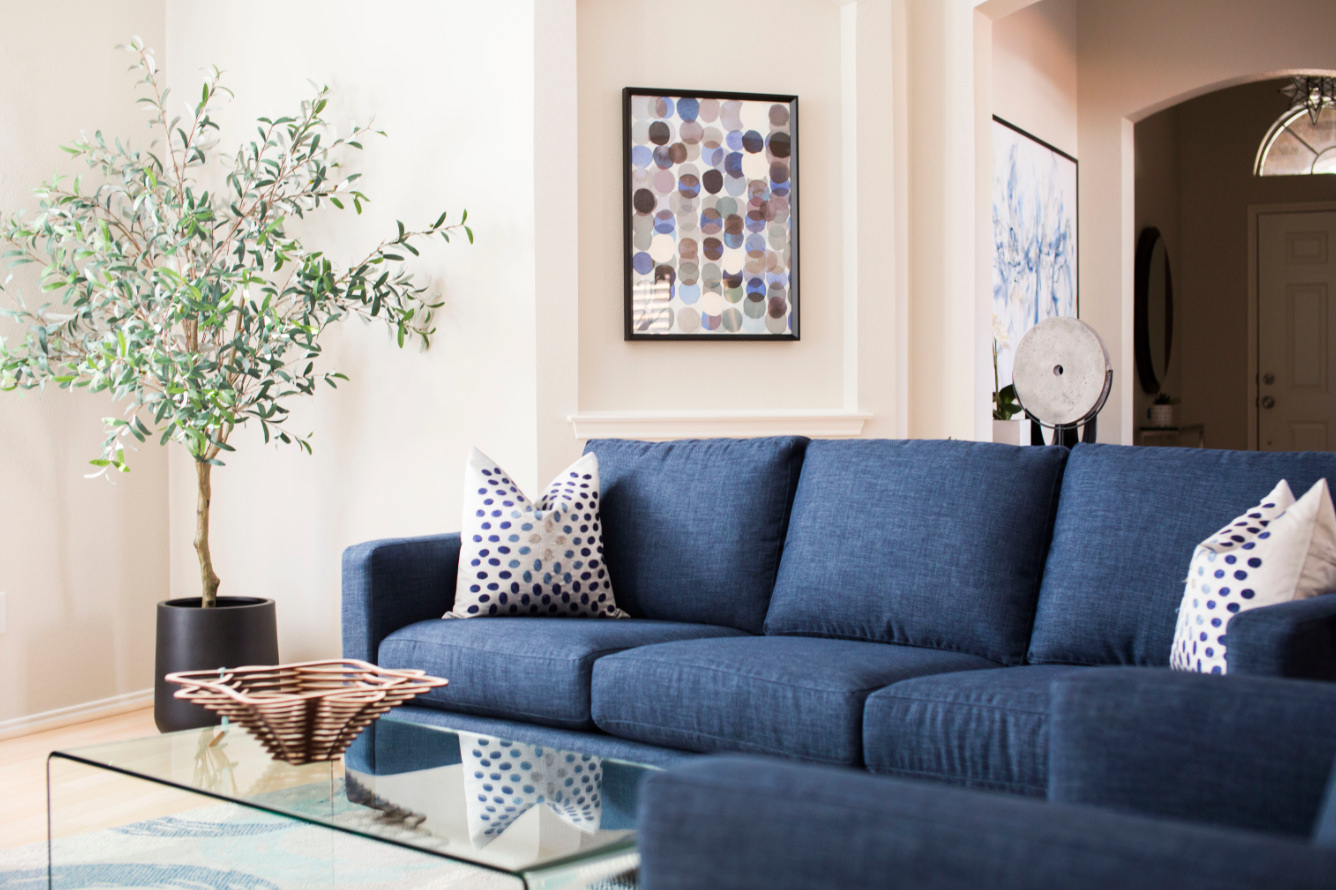
Your walls are a blank canvas waiting for a splash of color, but what about texture in 2022? Fully textured walls are harder to paint and may go in and out of style. That doesn’t mean you can’t create the look of texture with limewash and textural paints. This centuries old method is mineral-based, all natural, and environmentally-friendly. It is one of the original house paints from Belgium. Once applied it provides a chalky, nuanced texture that feels like suede. It can add depth and luminosity to any flat wall.
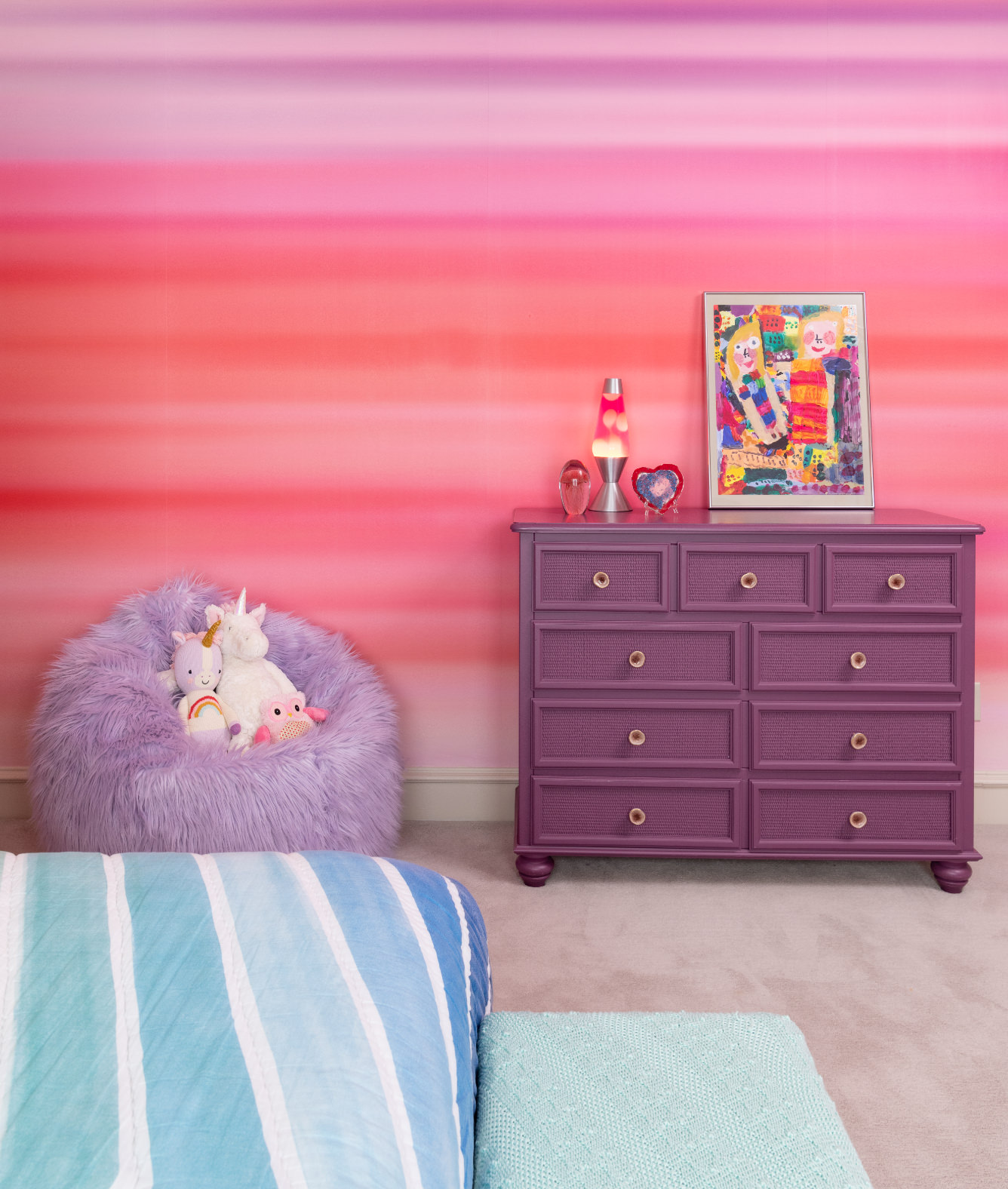
This year is all about balancing between warm, complementing neutrals, and bold, risky colors, with a sprinkling of earthy tones to escalate your home’s color palette.
There’s nothing as daunting as drowning in the world of fabric selections. From smooth silk to vibrant print, the combinations and possibilities are endless. Common interior fabrics include drapery, bedding and linens, soft furnishings, and upholstery. Allow us to help guide you in bringing the right style of fabric elements to your home with 4 helpful tips on how to know what you are buying.
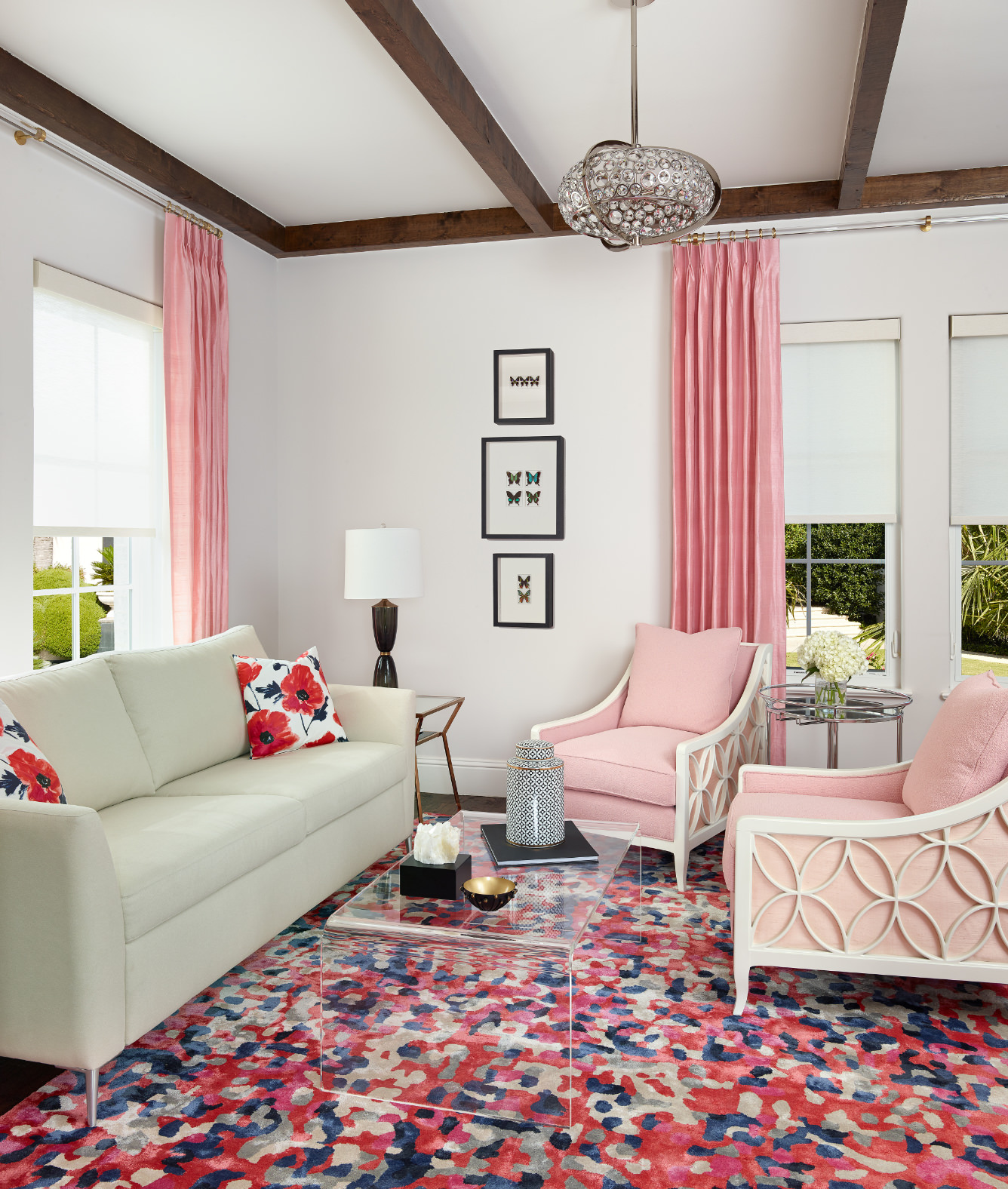
The type of textile is like the fingerprint for a piece. It can tell you all you need to know on its content and construction, processing, and future durability. When it comes to choosing your selection, it really depends on your primary goal. Common natural textiles include cotton, linen, hemp, wool, silk, and leather. Alternatively, some man-made options are polyester, polyurethane (vegan leather), rayon and viscose. If you are seeking comfort, softer textures will be ideal. For temperature sensitive selections for bedding, natural fibers like cotton, silk and linen are best. Natural fibers can keep you cool in the summer and warm in the winter depending on the weave. For other uses like drapery, which offer both functionality and style, choose a look textile that will be the statement piece in the room for years to come.
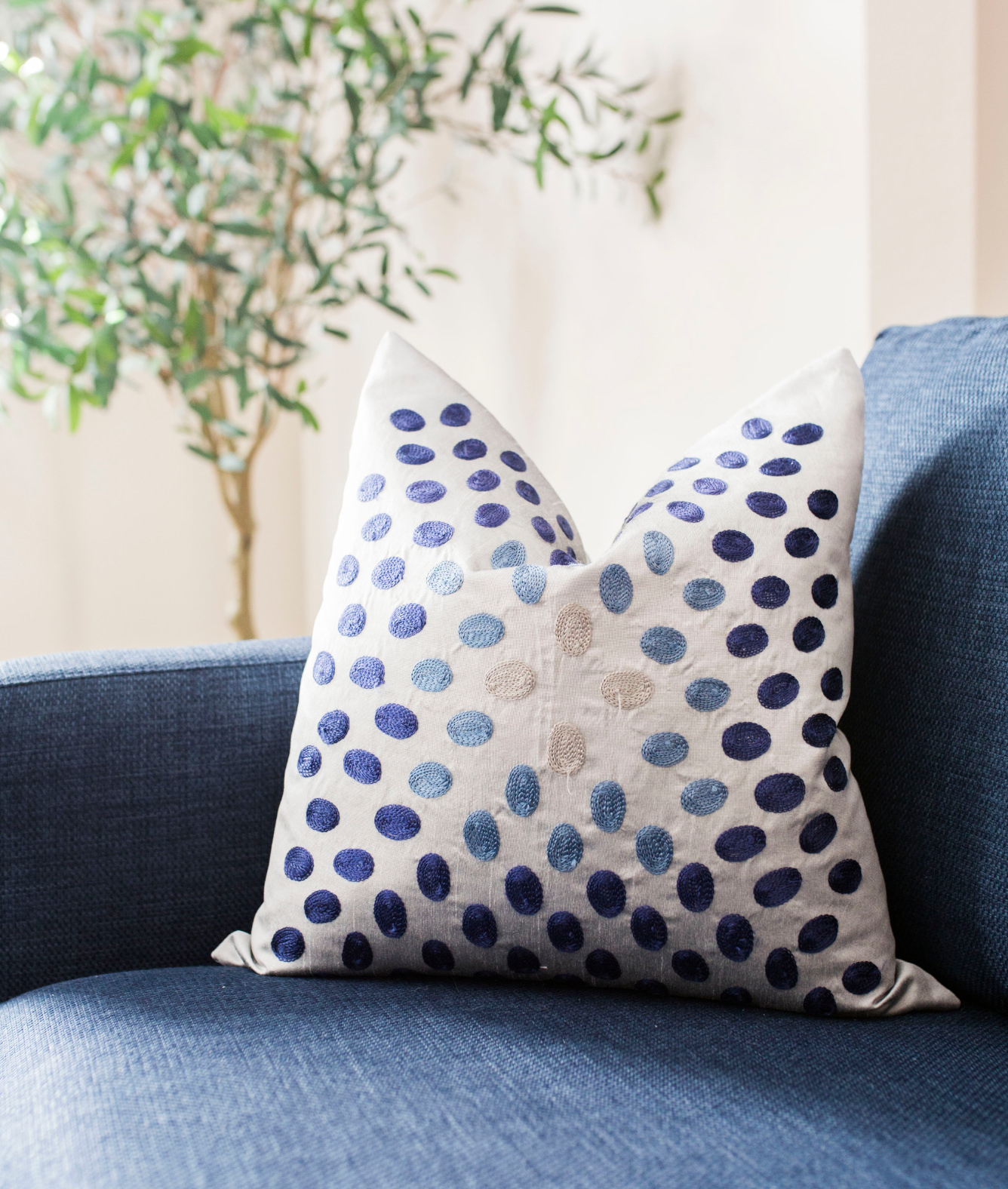
Branching off material types, the quality of a fabric or textile is also a significant detail to consider and evaluate. Certain materials are better quality depending on the use that it is intended for and its functionality. For example, cotton is very popular for drapes because of its look and function. Another popular selection are polyesters. They have a good drape, are more affordable than silk or linen, and tend to retain color over time. Other items like a throw blanket or pillow have comfort in mind and therefore wool or acrylic is a popular selection here. Silks are best used for accents, especially pillows and drapery. Even though silk upholstery is strong, its costly maintenance is something to consider before purchasing.
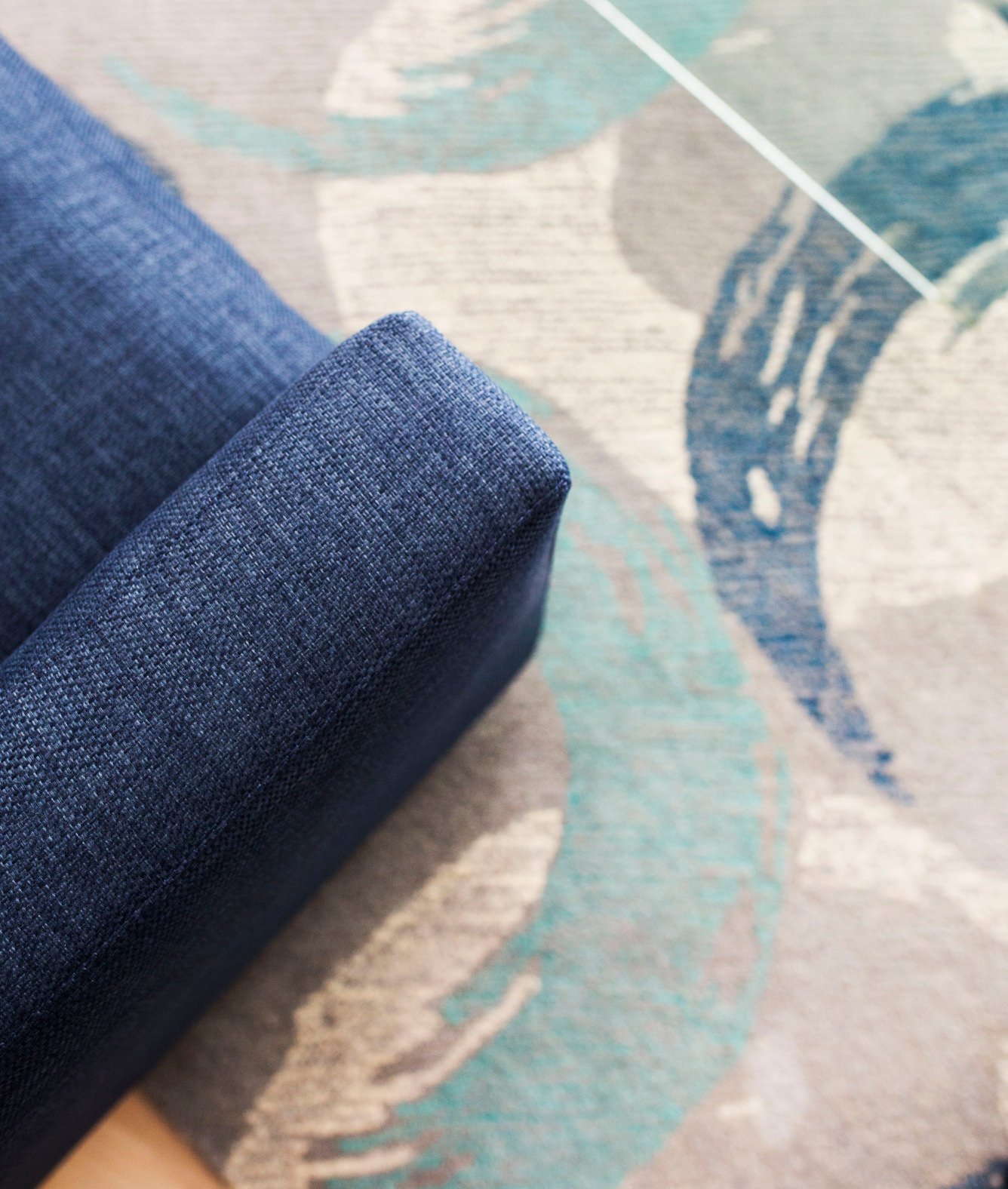
As much as it would be nice to have a fixed price for fabric expenses, that is not always the case. Because fabric costs depend on the amount needed, it’s imperative to include this in your overall budget. Selecting the right fabric is the first step but determining how much you will need, by the yard, for your project is another significant layer to account for. You may be investing most of your budget in the fabric itself depending on the range of your project. For example, custom drapes need exact measurements and the right amount of material to be completed for perfection. Most other textile projects are based off square footage as well. The most wear or tear a fabric may receive is primarily within any upholstered item. Some examples include high traffic area furnishings, like living room sofas. Because pieces like these receive more consistent or strained impact, the durability of a fabric is just as important as the quantity needed.
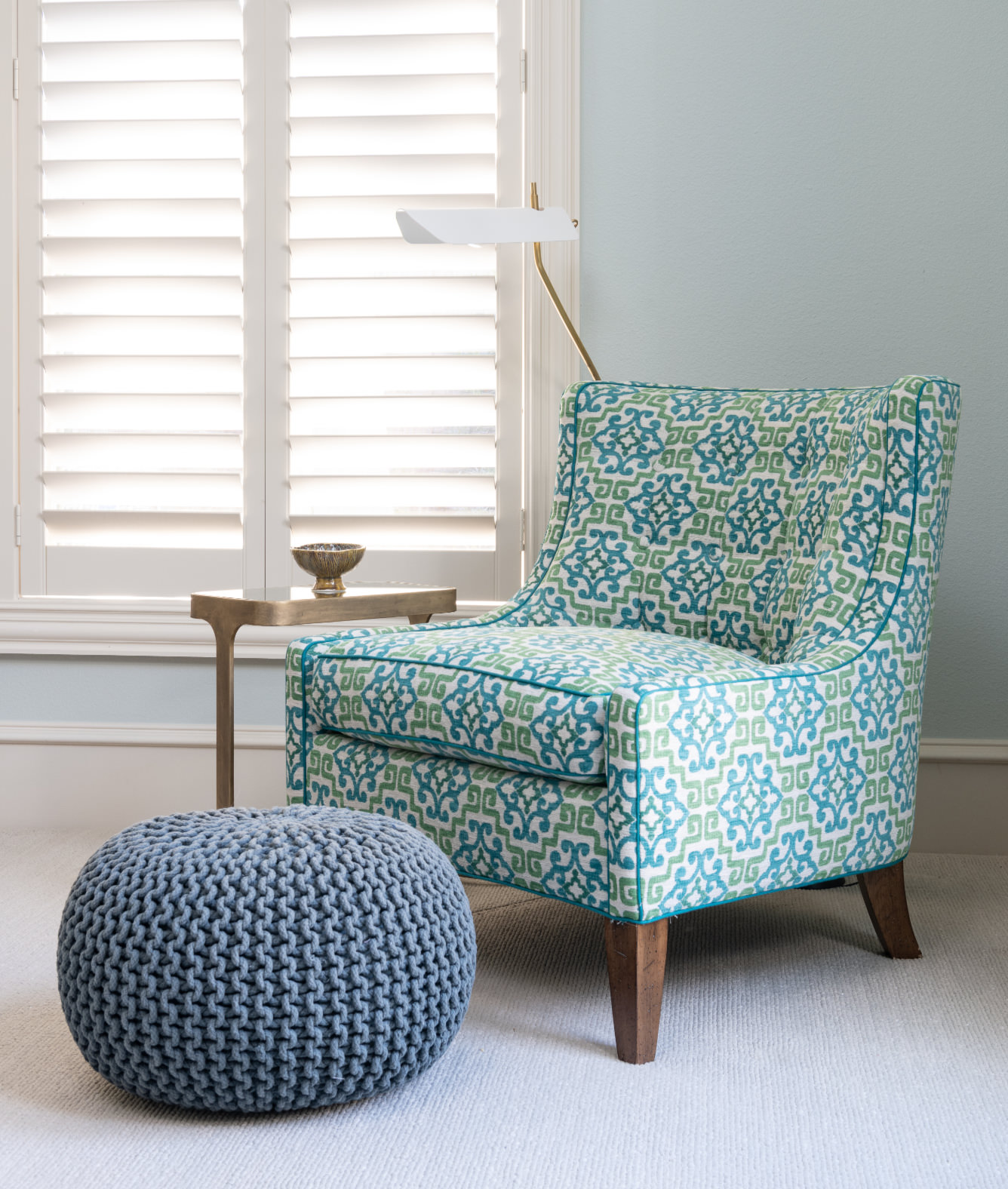
We certainly don’t shy away from vibrant detail, and neither should you! Fabrics are the easiest and best way to rejuvenate a space. With a pop of color or subtle pattern, a unique detail can be layered in to create an eye-grabbing design. When it comes to appearance, one option is to choose between prints and solids. Whether it’s a pattern on your armchair or the bright hues in your throw pillows, don’t underestimate what the right piece can do.
We’re confident you are walking away with a quick checklist on what to consider when making fabric and textile selections. While the possibilities may be endless, when you think about what use you are wanting to accomplish and understand the inherent benefits of the choices, the best option will stand out to you and fit perfectly in your home. Wanting more guidance on how to elevate your space? Make sure to spring over to our contact page to schedule a call today.
For any size home, it can be challenging to elevate an interior with the appropriate furnishings, accents, and overall design elements that feel like they fulfill and support the space without overdoing it. A great place to start are your floors, as they can serve as a base for building and working your way up when selecting other pieces. What you do with your floors can create a significant impact, and that is why we’re breaking things down so you can consider the best flooring selections for your home. We’re outlining three appropriate flooring guides to help you complete a cohesive design for your interiors.
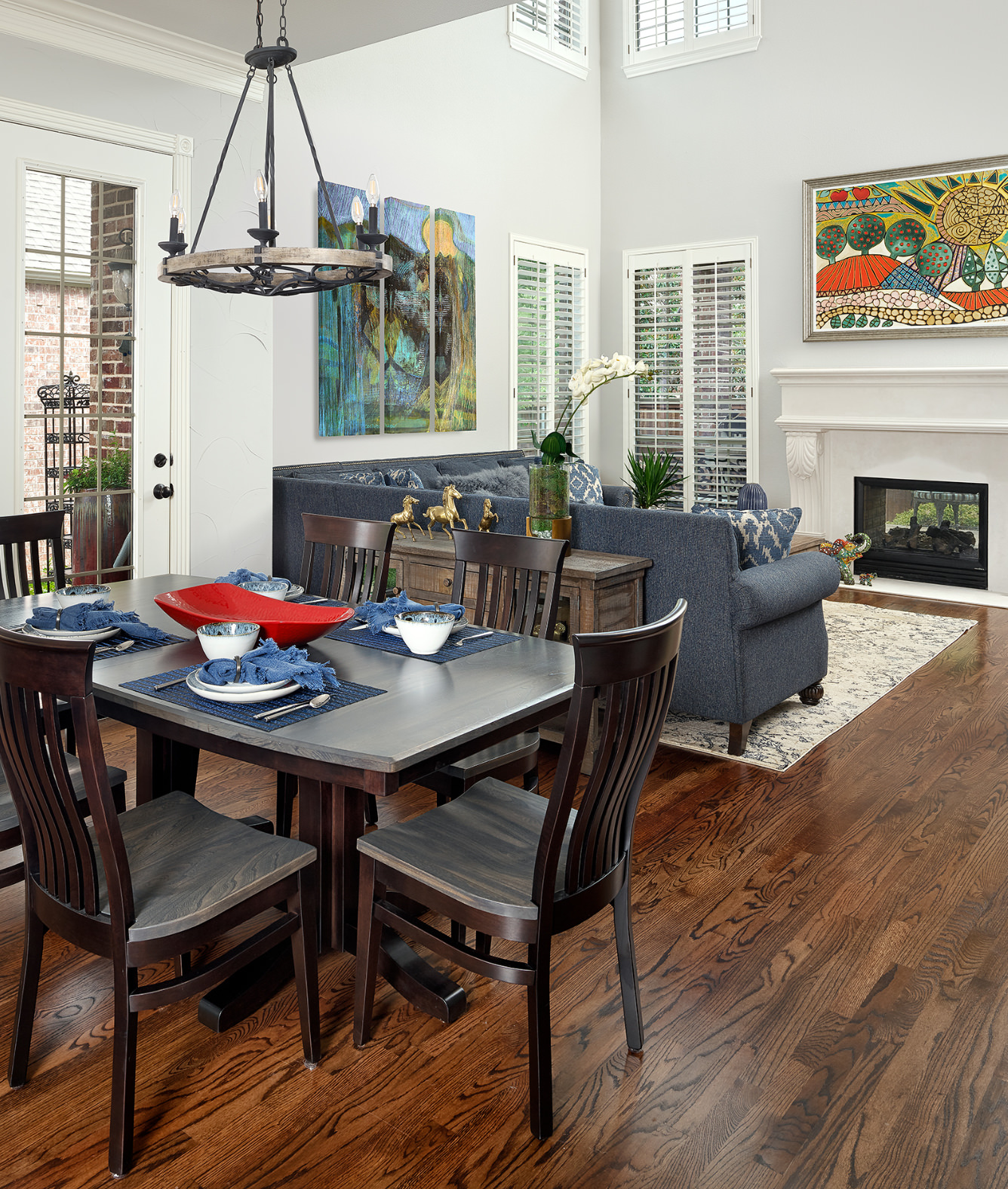
It’s ideal to have your home be impressionable from the moment someone walks in the door. The entryway is the first thing a fresh set of eyes land on, and though it might be a smaller space, it is certainly mighty. The entryway is what sets the tone for the rest of your interior. Flooring takes up much of the entryway, so you may feel pressured on selecting the best option for your home. Do you go with wood or tile? While both have their benefits, it’s important to consider what will fit your unique style, budget, and durability.
Wood is a favorite by many and adds a classic yet warm touch. It’s the choice you go for when you want versatility that can make a home either grand or cozy. With wood flooring you can opt for many types of materials including a classic oak hardwood, maple, or cherry. The finish you would like is something to consider as well. However, wood can be costly and will weather from the effects of foot traffic. Tile floor coverings are much more versatile and allow you to get creative. They can also take a little more of the brunt of an entryway, especially in busy households. You can create a unique, functional, and captivating aesthetic right at the door with different shapes, sizes, and colors of tile!
There are many more options to consider outside of wood or tile, not only for your entryway but also for the rest of your home. Carpet, vinyl, laminate, and stone are some other alternative materials to think about, as well as their varying price points. Vinyl and laminate are more cost-effective and are becoming vastly more popular choices. Stone and quality hardwood are on the other side of the spectrum and bring a taste of luxury that can tie in with the rest of the aesthetic in an interior.
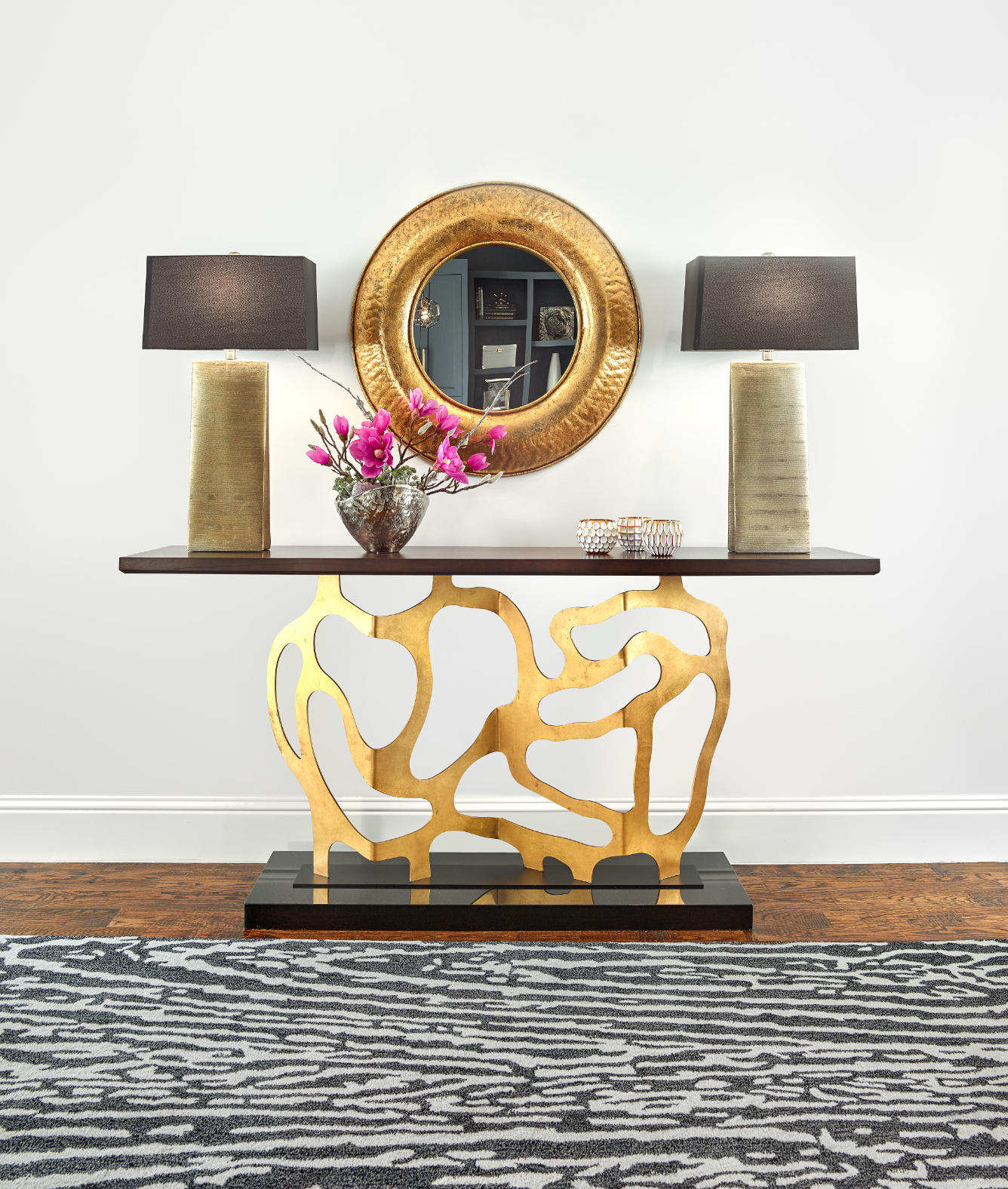
Area rugs are the perfect addition to bring style and comfort, no matter what floor covering you choose. You’ll find floor coverings in larger spaces like the living room or a bedroom. You can utilize area rugs as a style piece that can bring a pop of flavor or a functional piece to help ground the space in a particular room.
Before purchasing an area rug, some things to consider are material, pattern versus solid colors, and sizing. Wool brings durability and comfort and is a popular selection for rugs. Synthetic materials, like Nylon, are budget friendly alternatives. While, Jute allows for little maintenance, meaning this is a great option if you have any pets or children. If you’re deciding between color or pattern, an intricately woven material like sisal creates a weave like visual and is a great medium between the two. With numerous colors, sizes, and pattern styles, you can also use area rugs as a luxurious layer to your overall design.
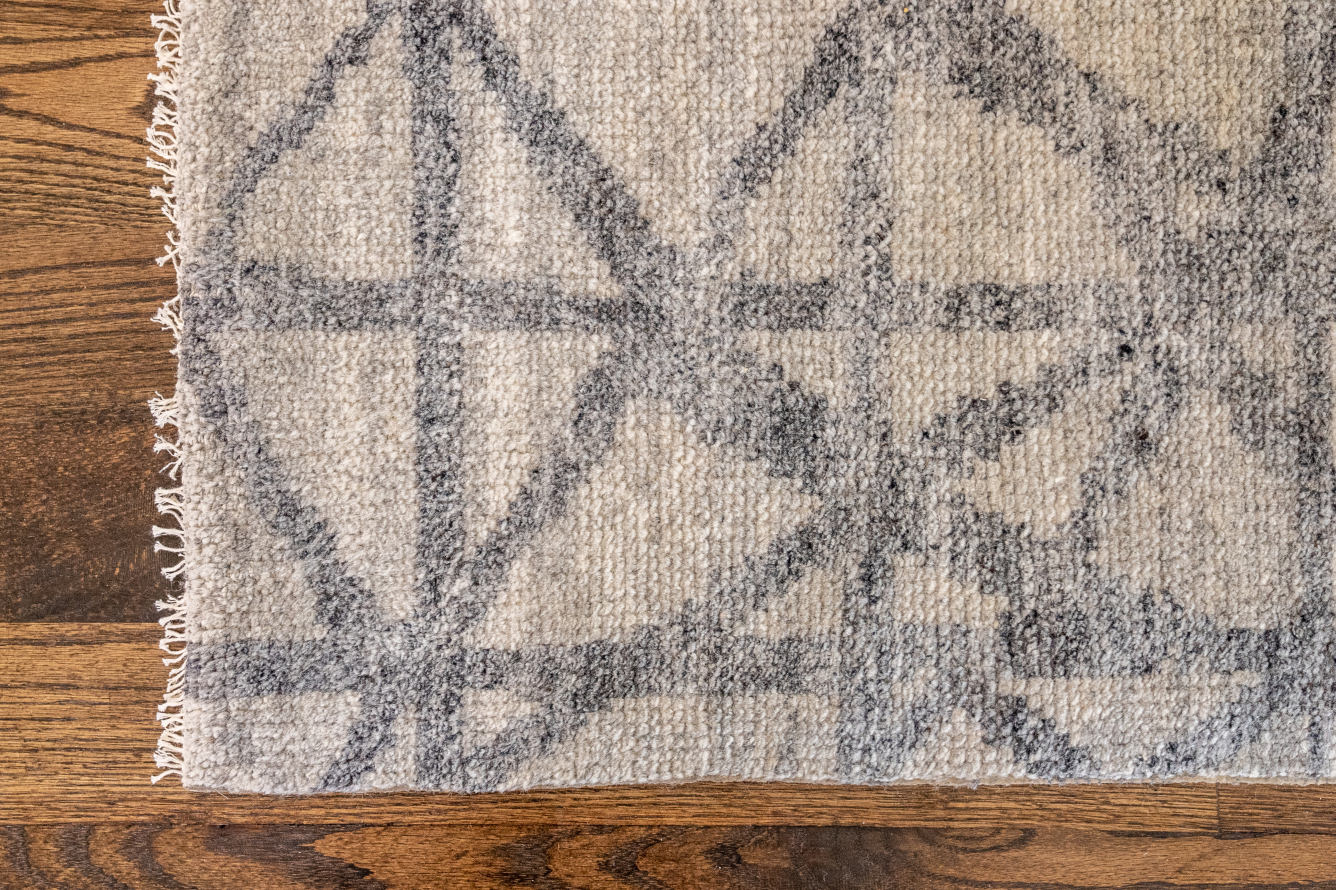
Like area rugs, floor runners bring that comfortable carpet feel without overtaking an entire area. Found near narrow spaces, runners are ideal for tying in design elements in unlikely places. Whether it’s in the kitchen, hallway, or on the stairs, a good eye will be able to seamlessly place a runner in its proper home without disrupting the overall aesthetic. If you’re looking for an easy yet impactful way to change up a space, a runner might just be your solution.
With this outline in mind, you’ll be able to start planning and move on to additional interior selections for your home. Don’t be afraid to think outside the box and try something new to elevate your space. You can opt for an intricate tile design, or if you’d rather have a luxurious and quality finish, hardwood flooring with an extravagant stair runner will support your exclusive lifestyle. No matter your selection, we hope you’re your SDG-inspired creation is a timeless masterpiece that supports and enhances the environment of your life.
Specializing in Interior Design, Home Renovation, Custom Cabinet Design, and Floor Plans in the Greater Dallas Metro.
Addison, Dallas, North Dallas, Highland Park, University Park, Uptown, Oak Lawn, Lakewood, Richardson, Plano, Frisco, McKinney, Aubrey, Fort Worth, Austin, San Antonio, Houston, California, Colorado, Florida.
